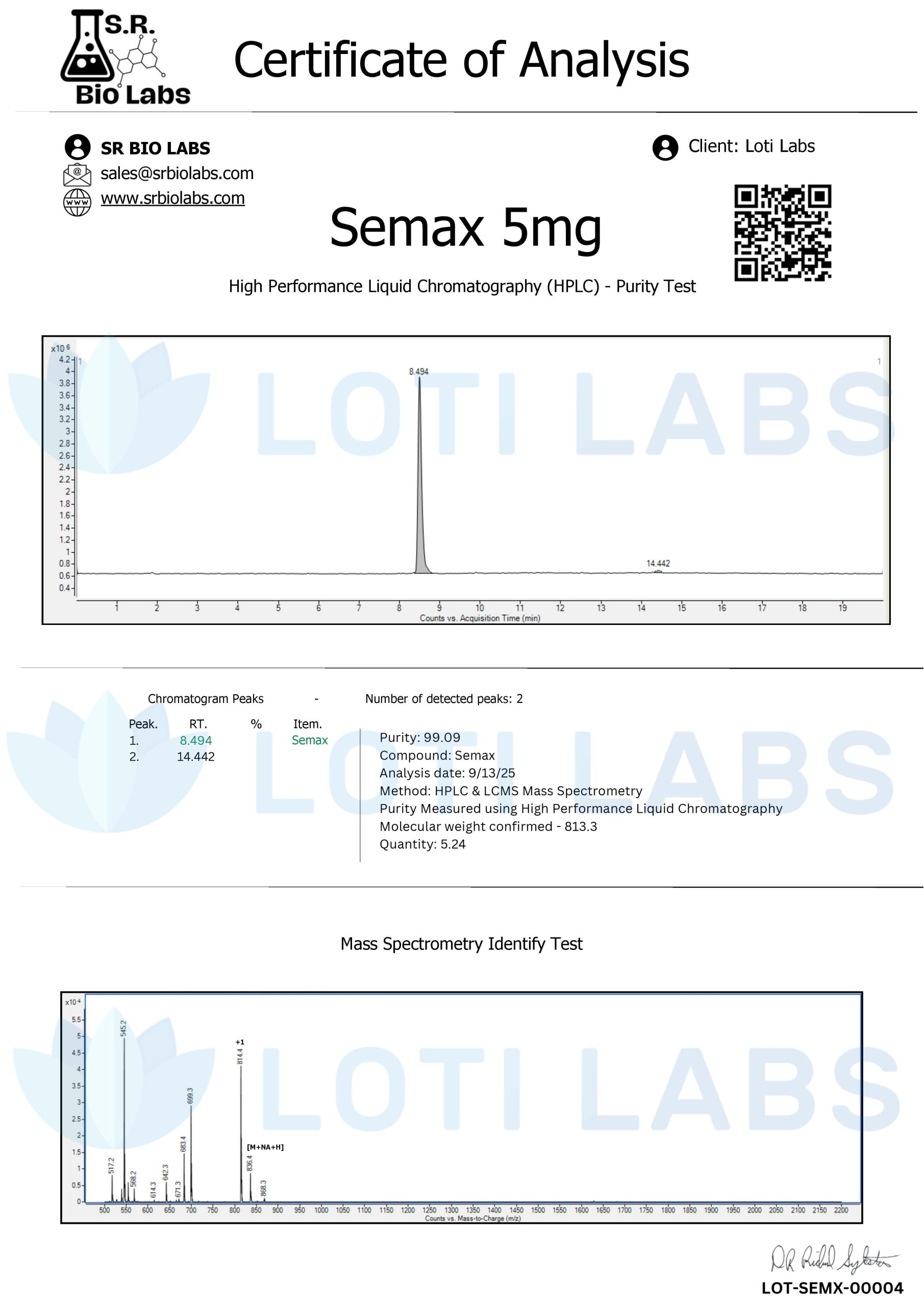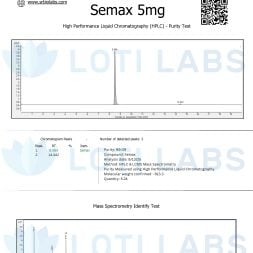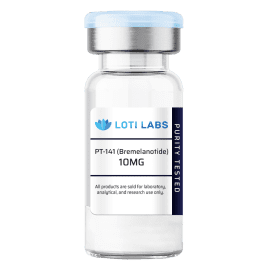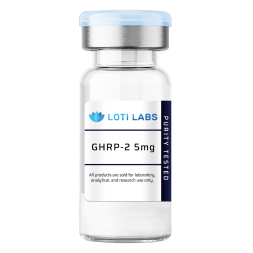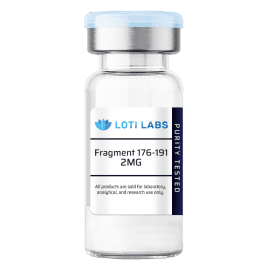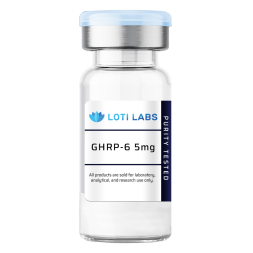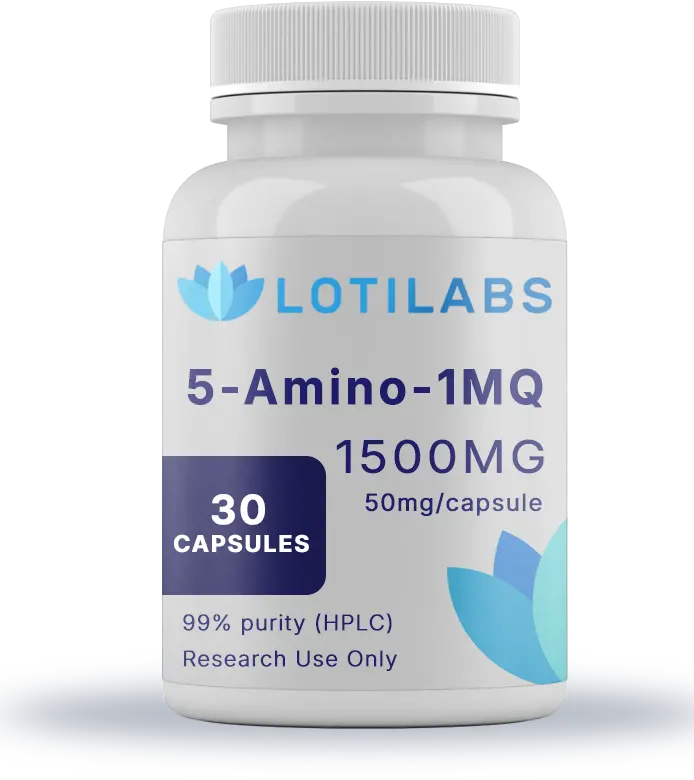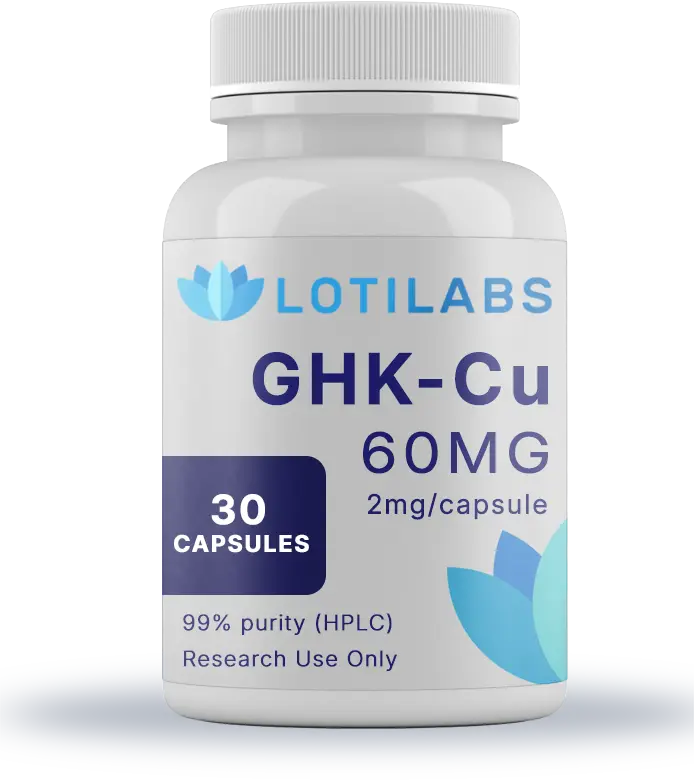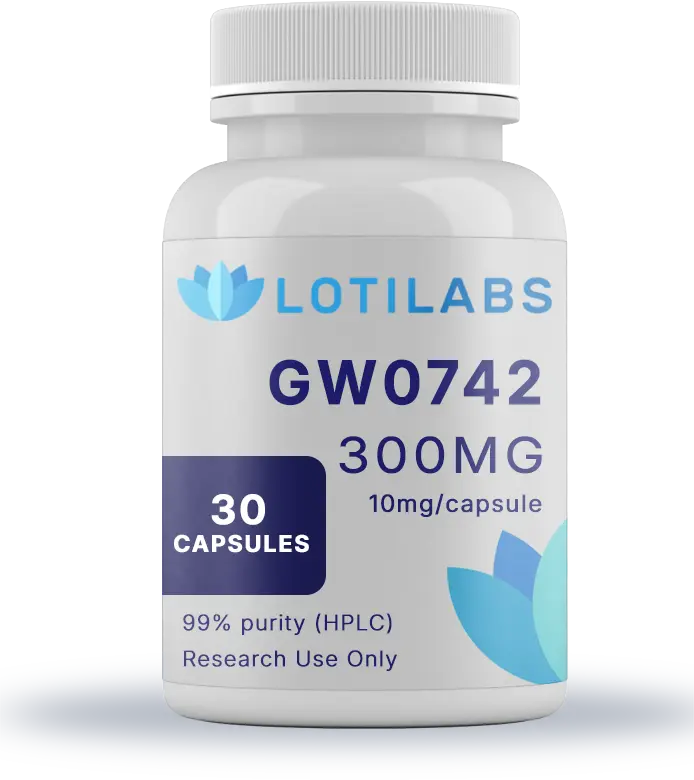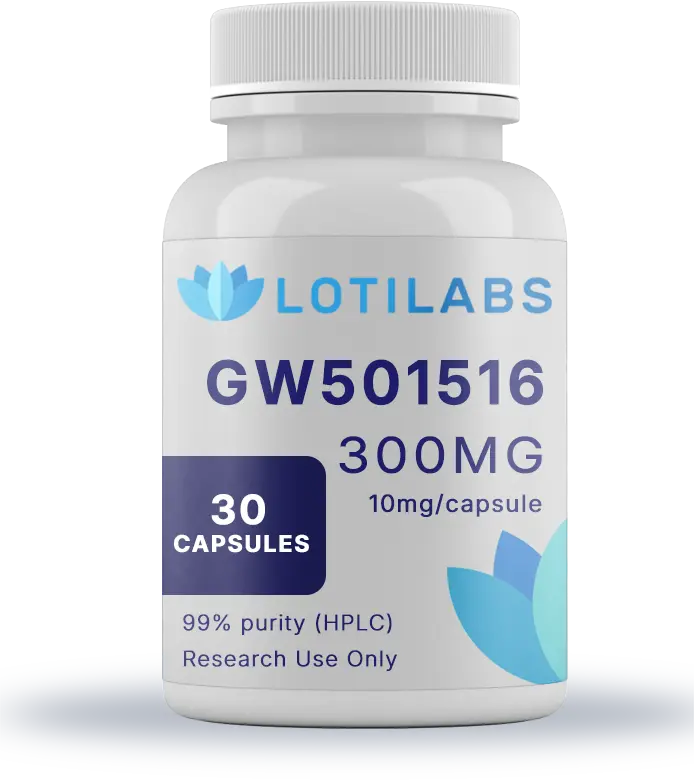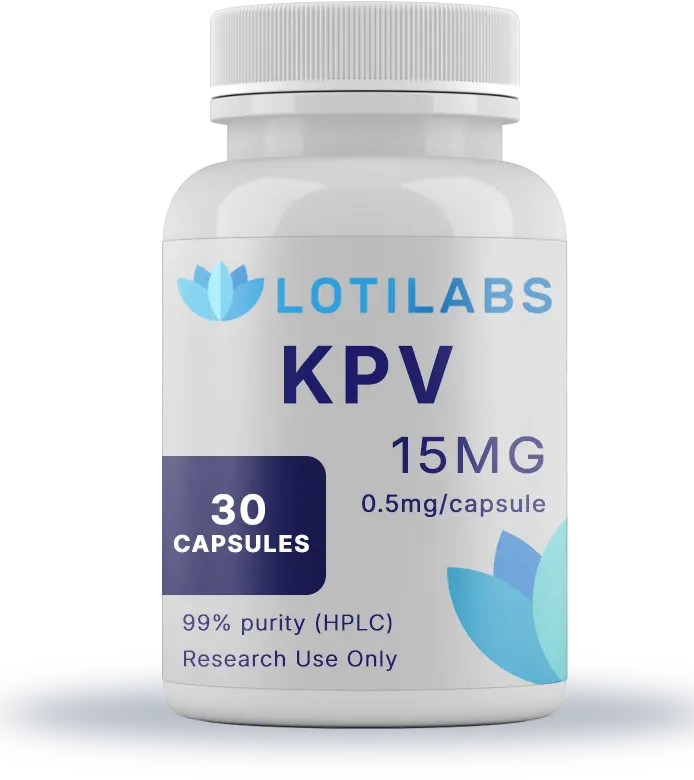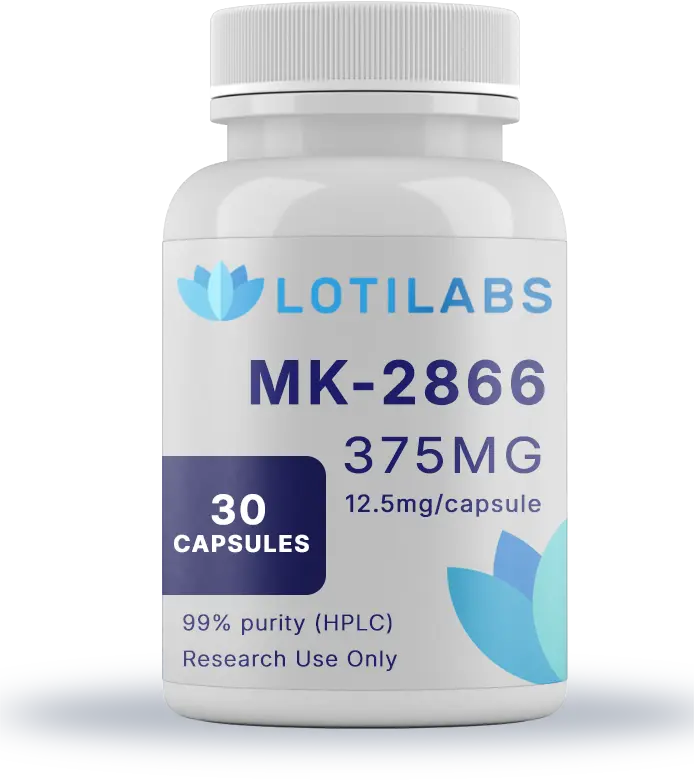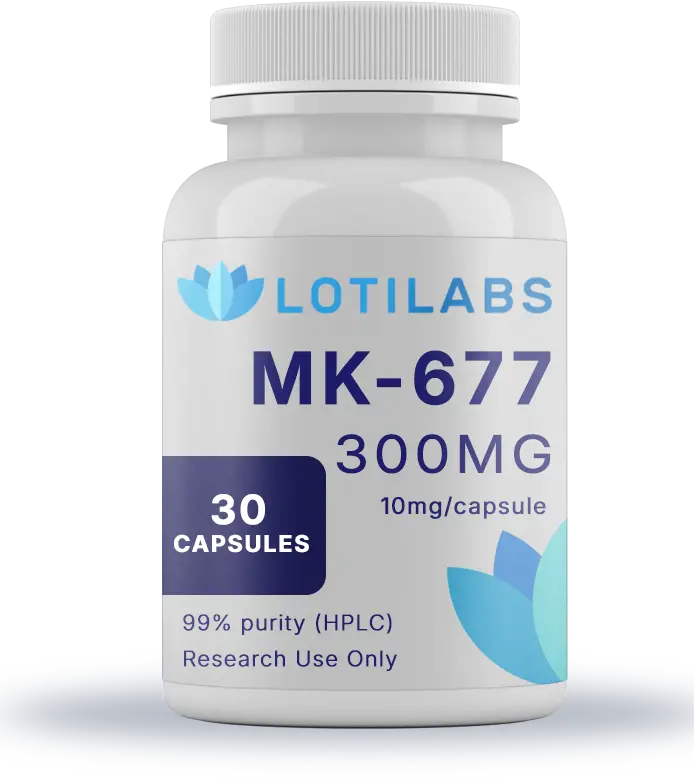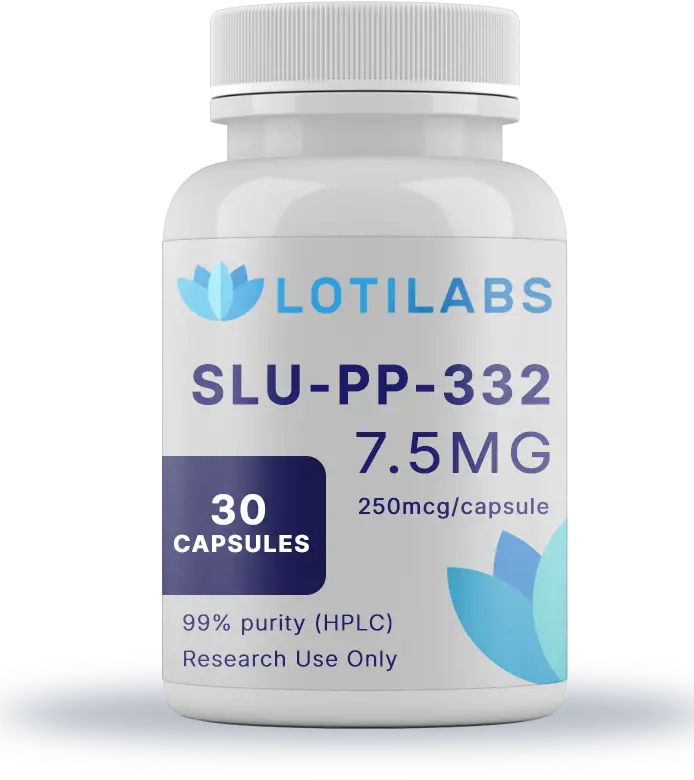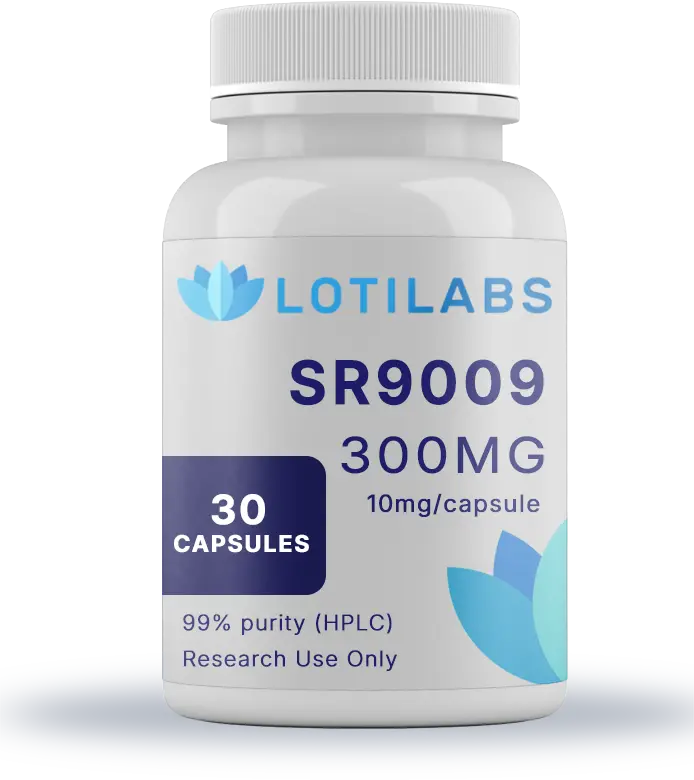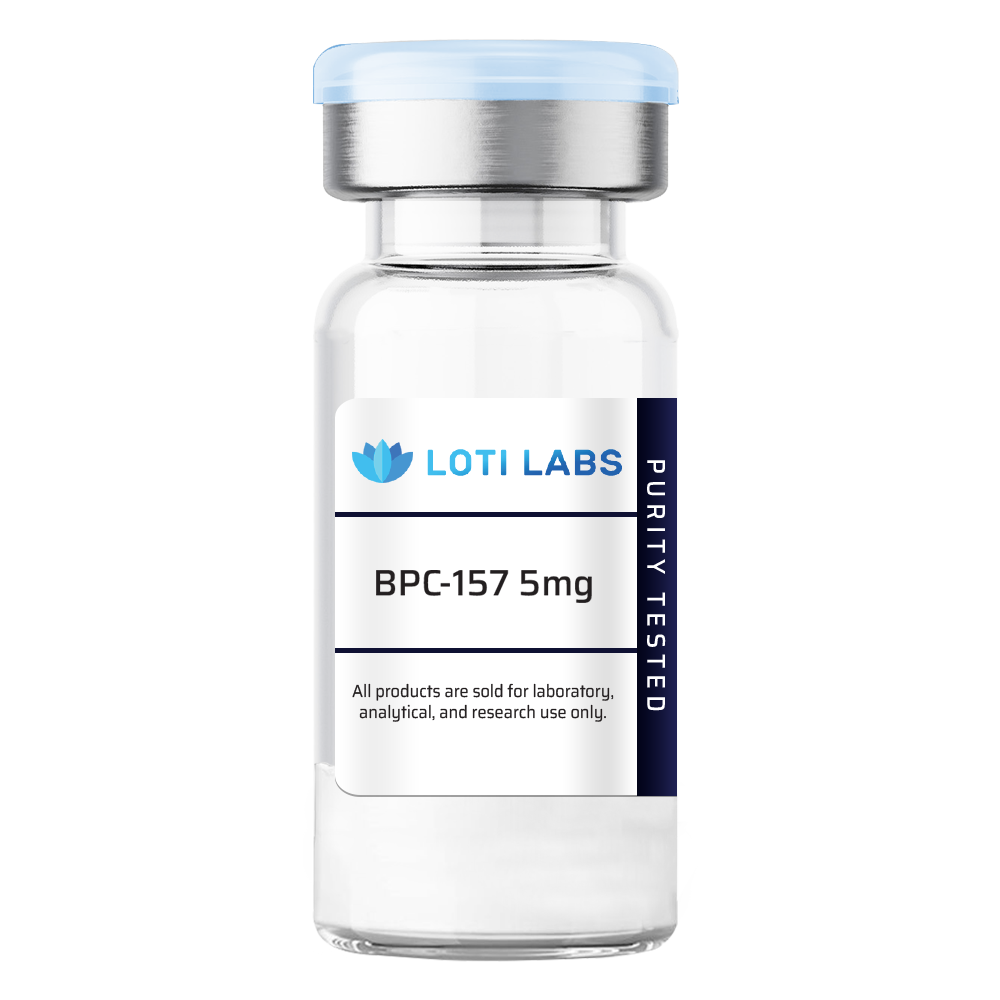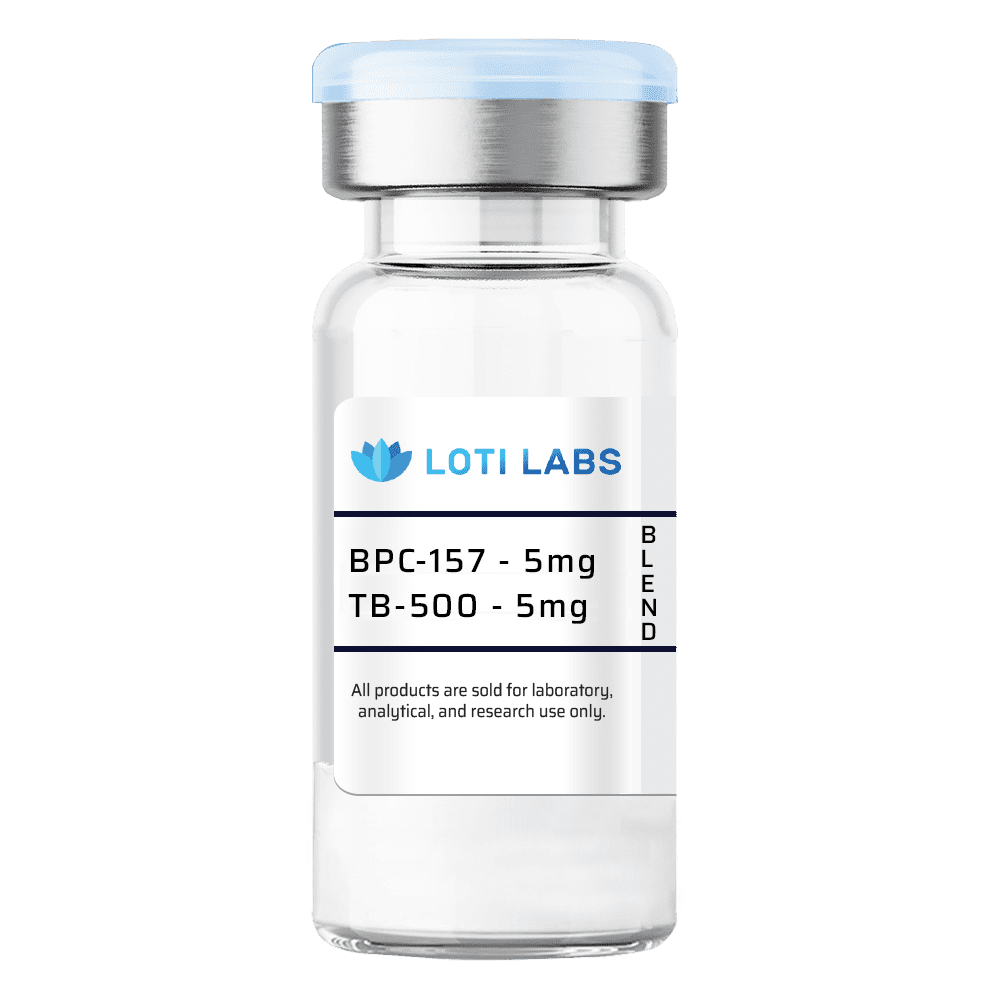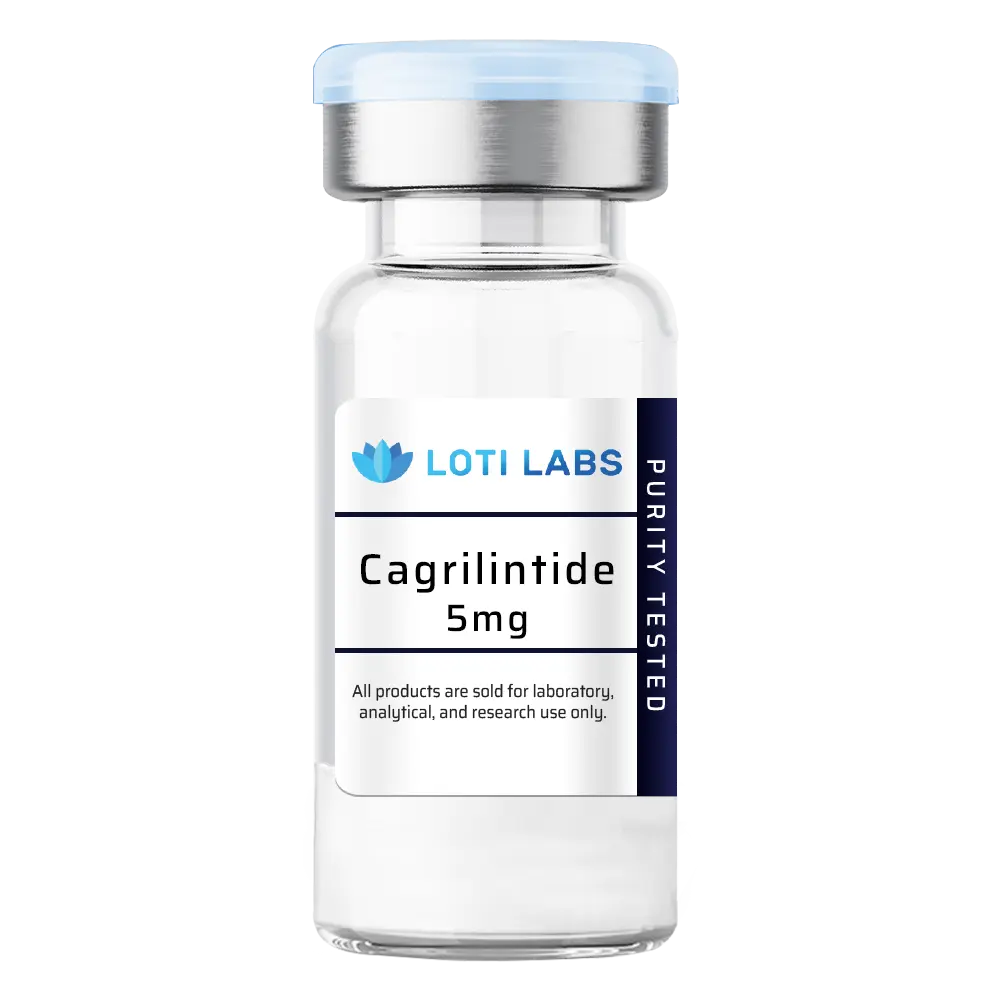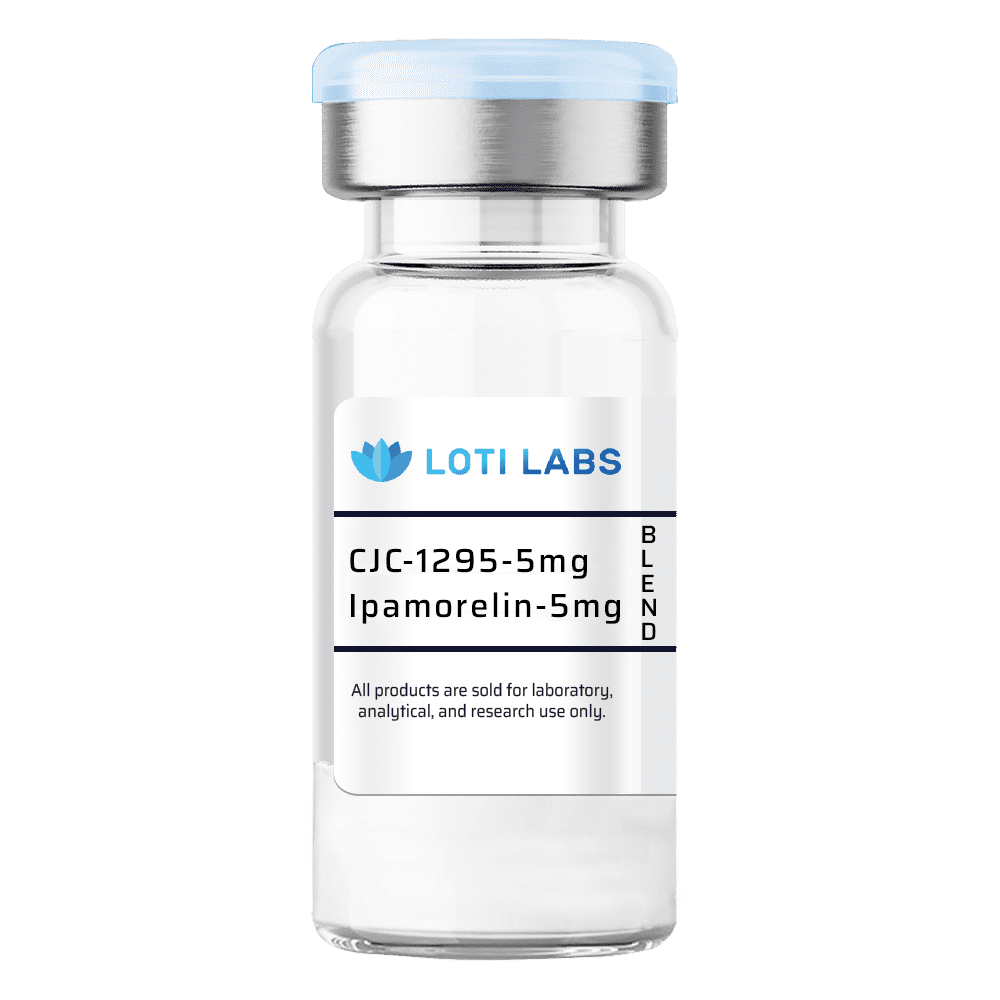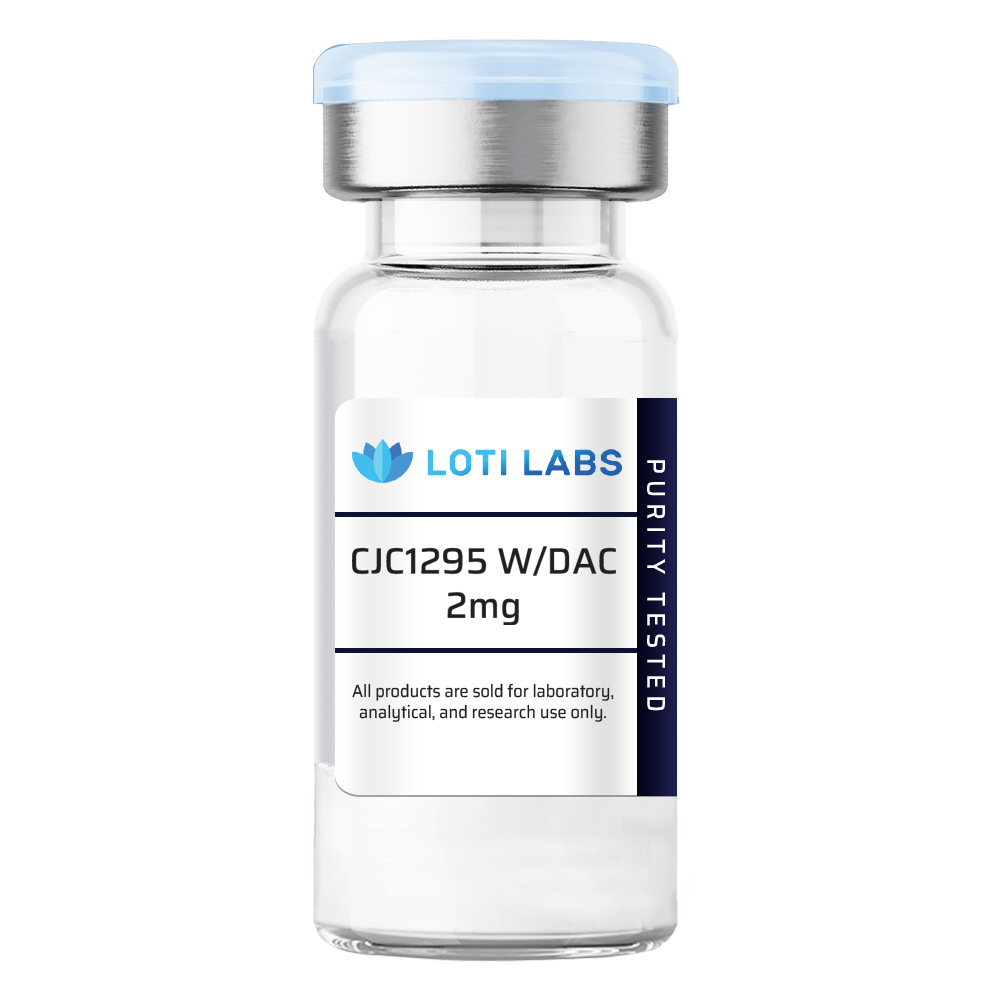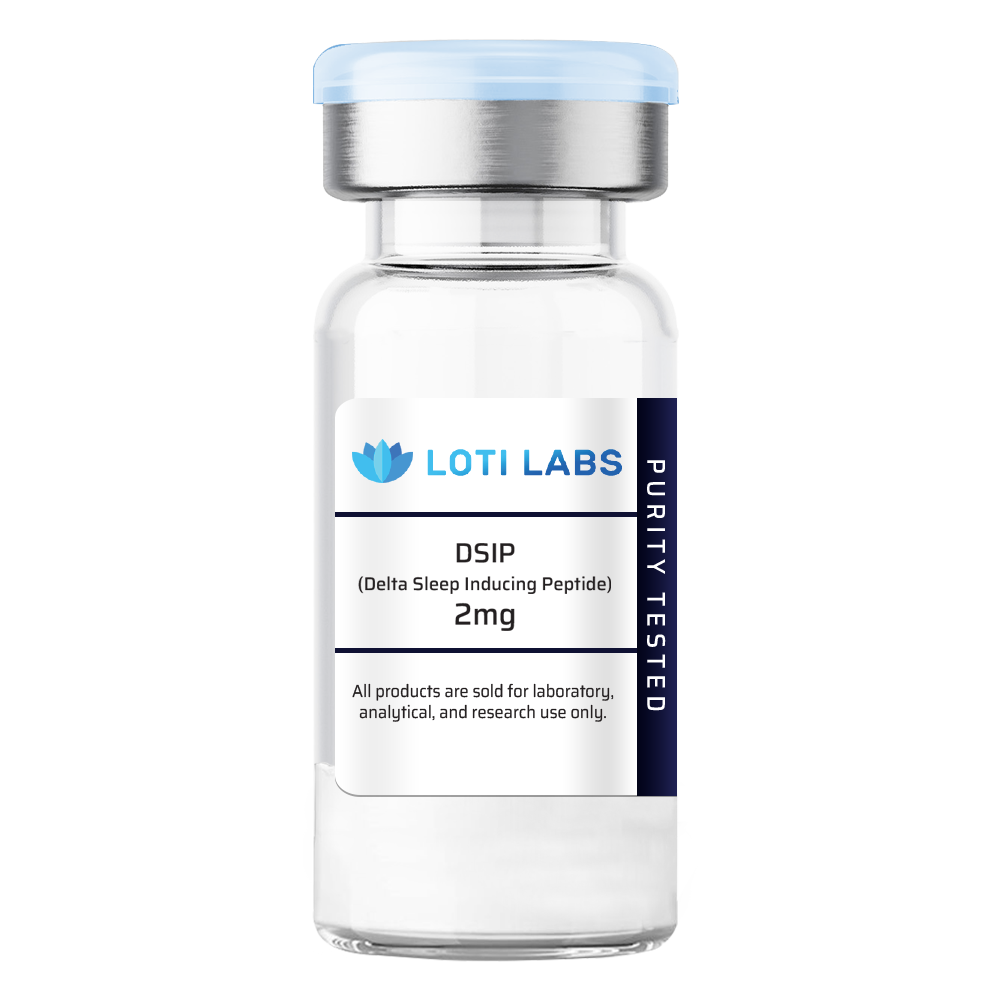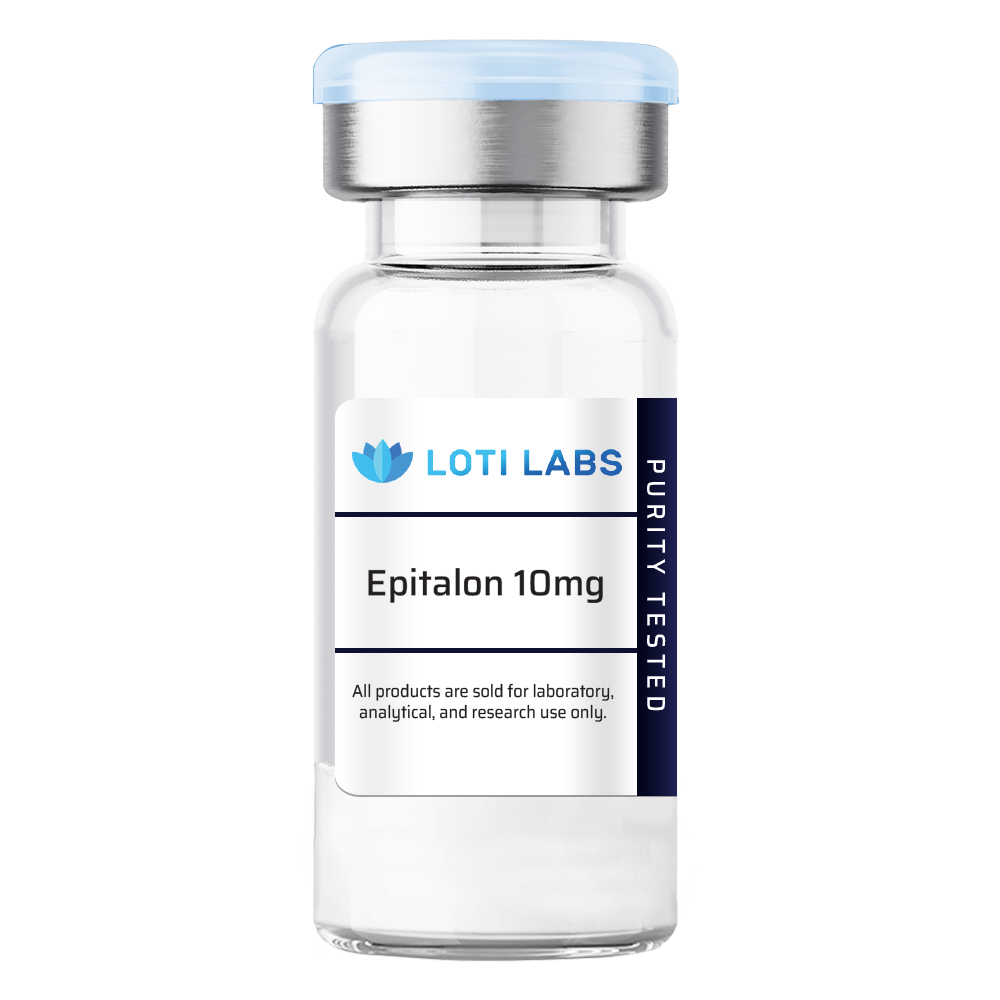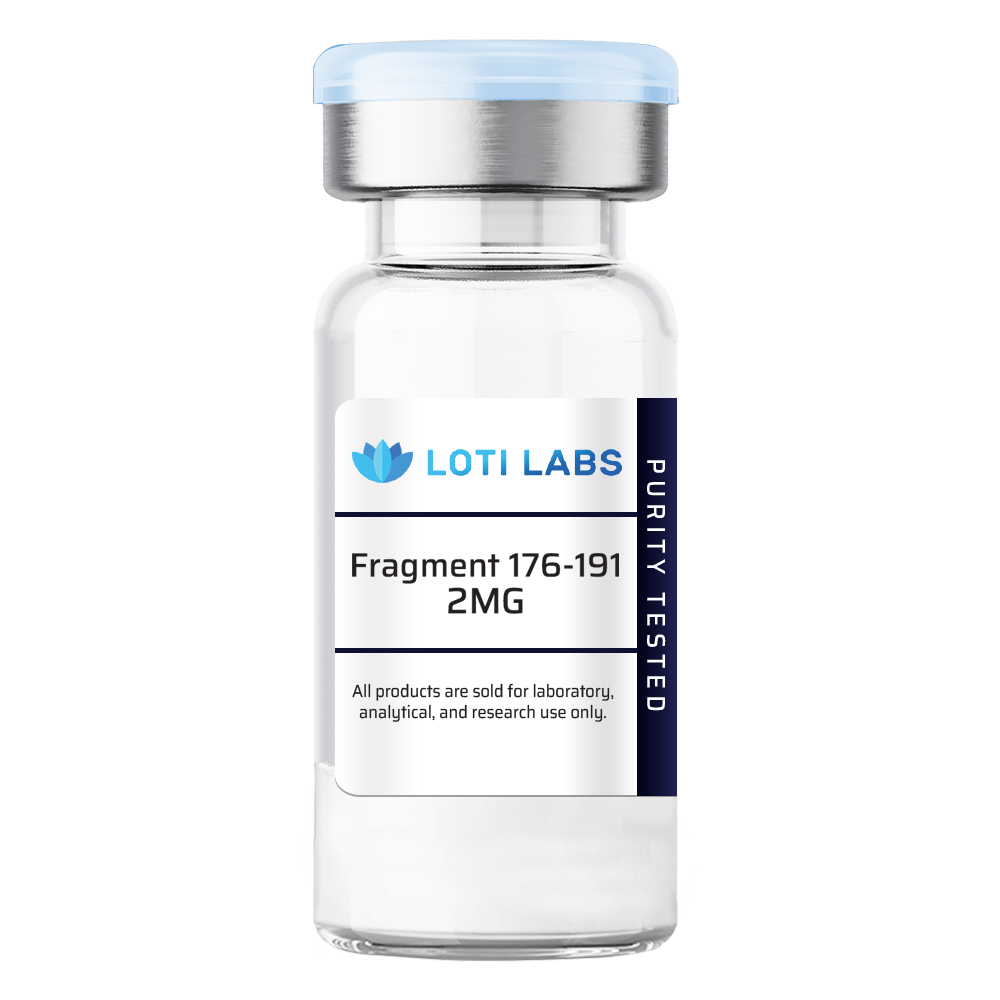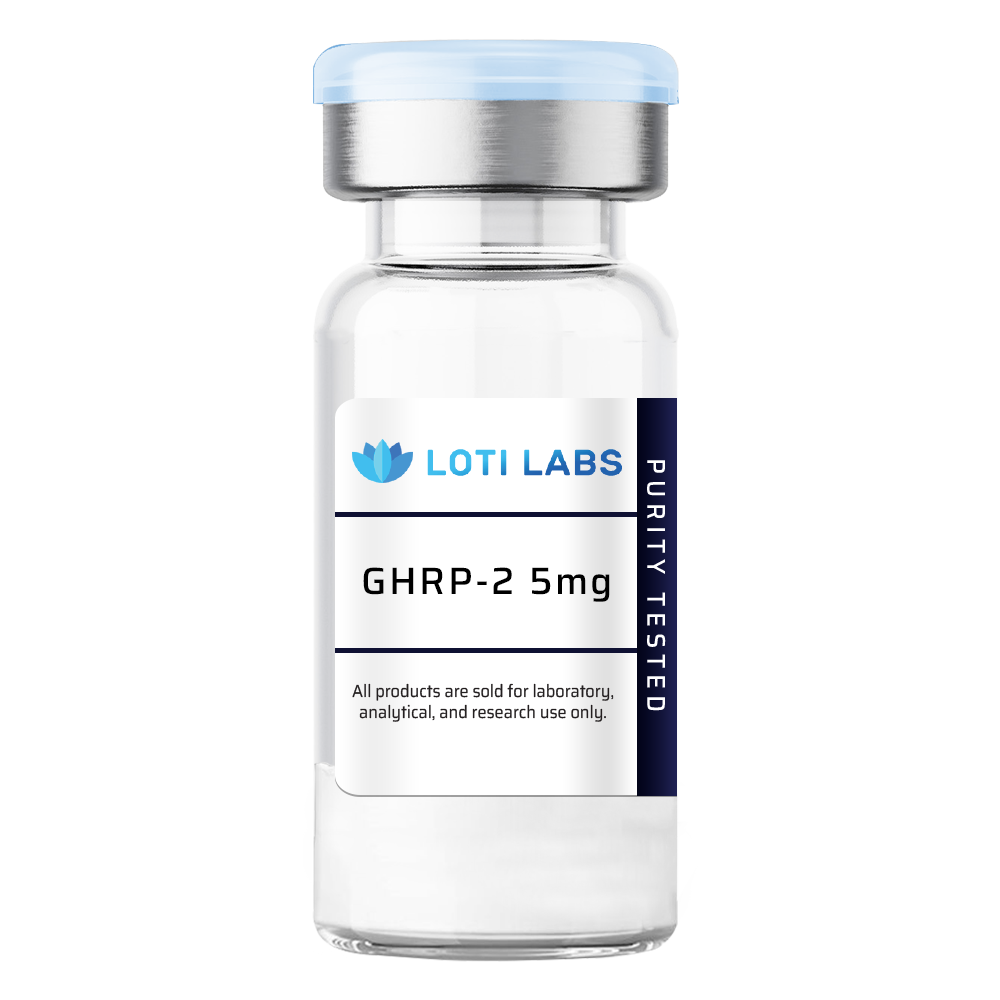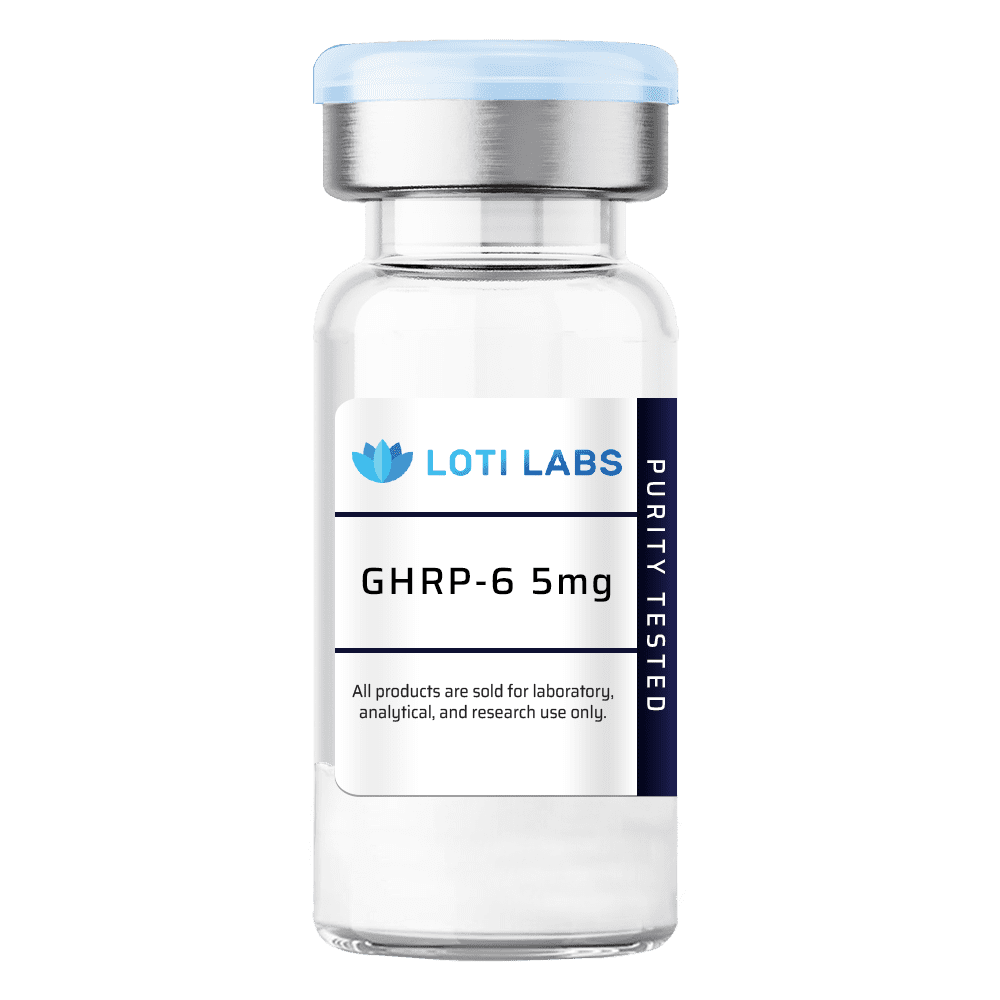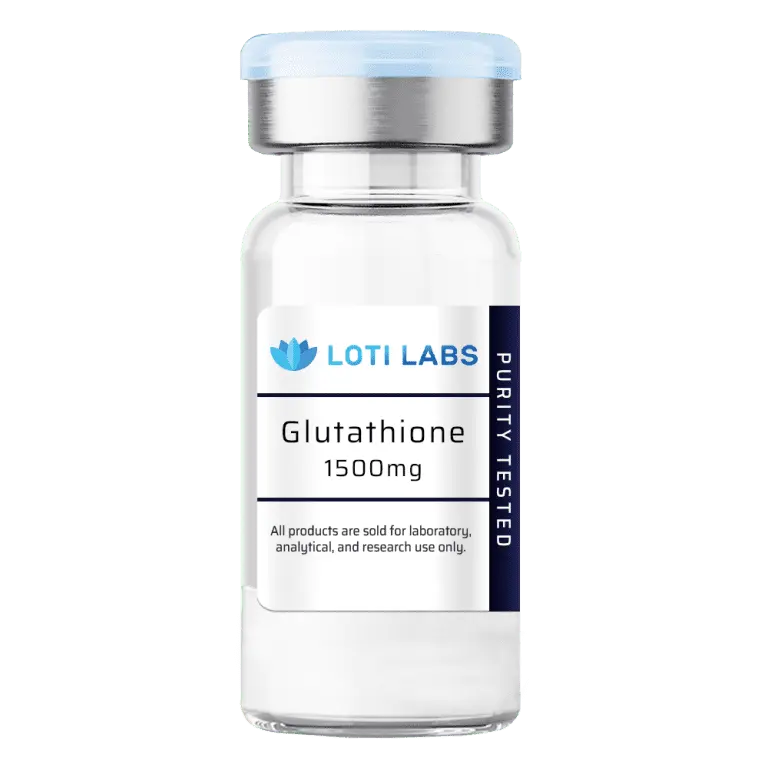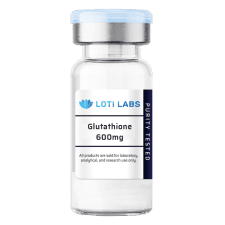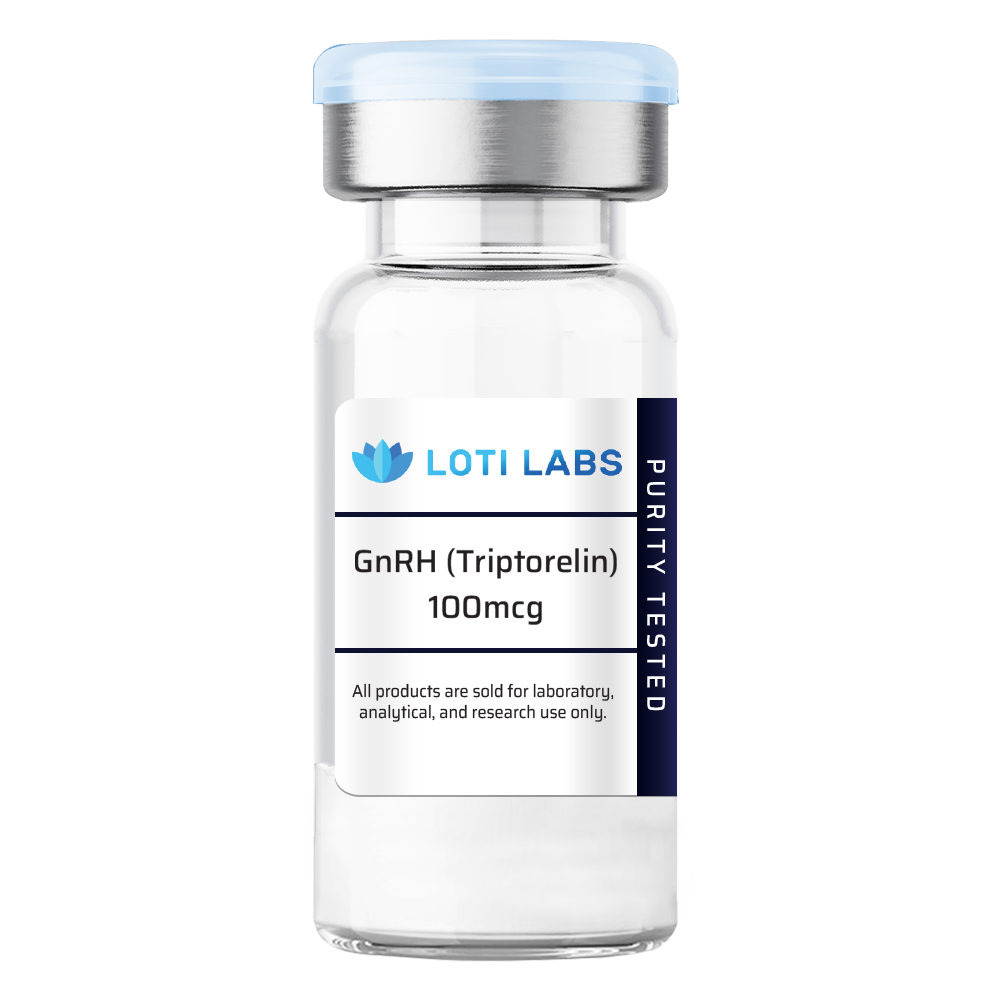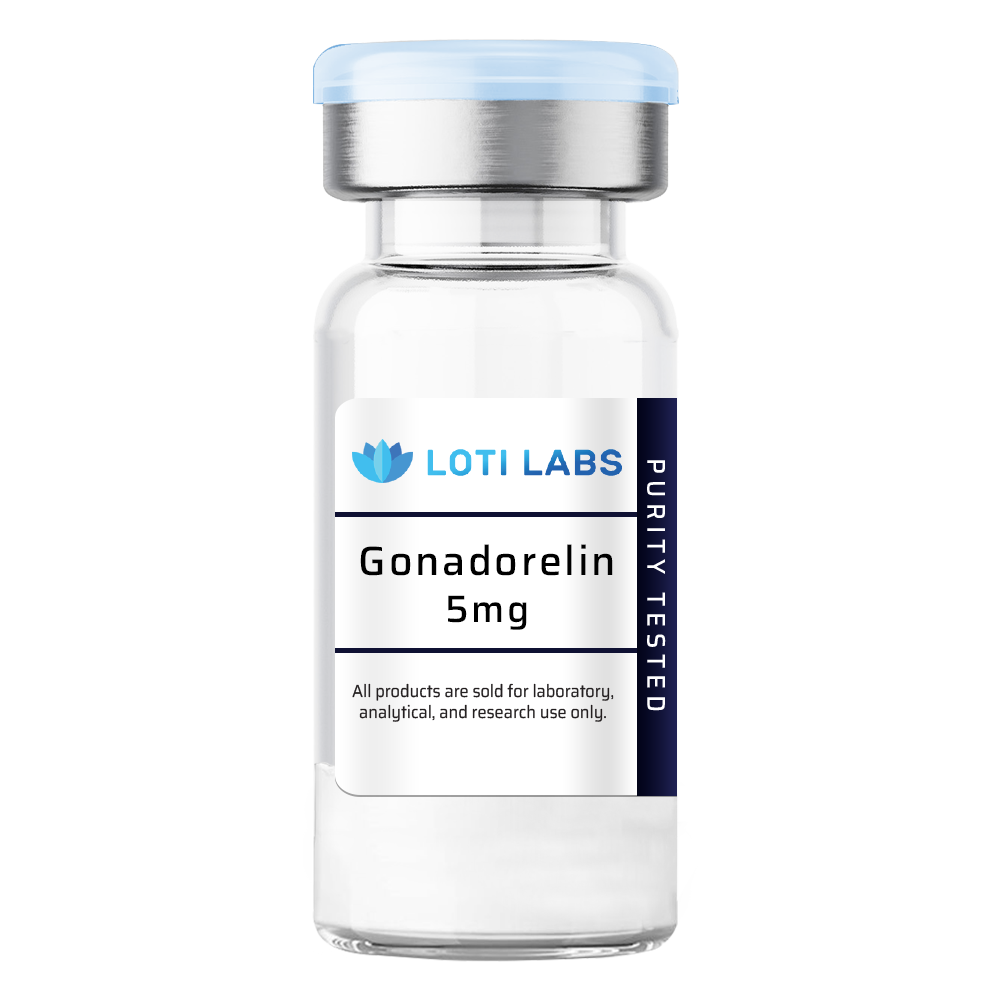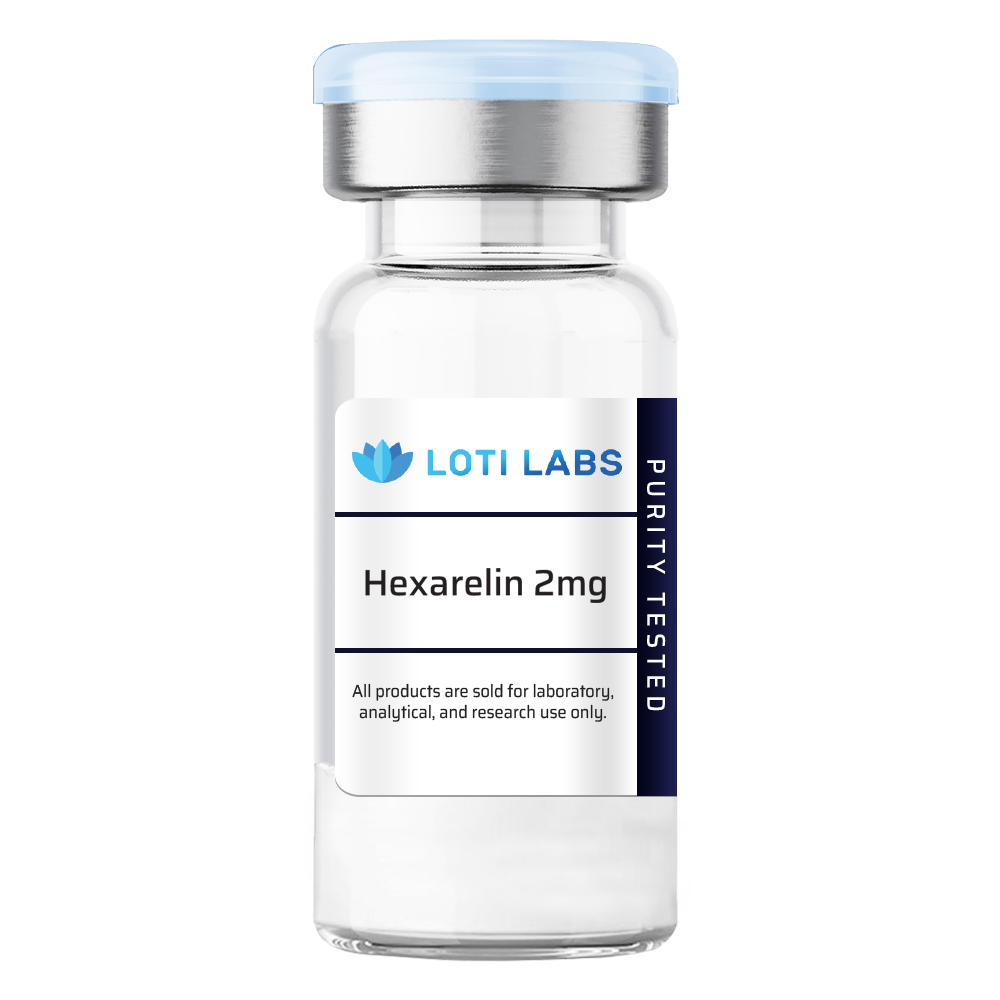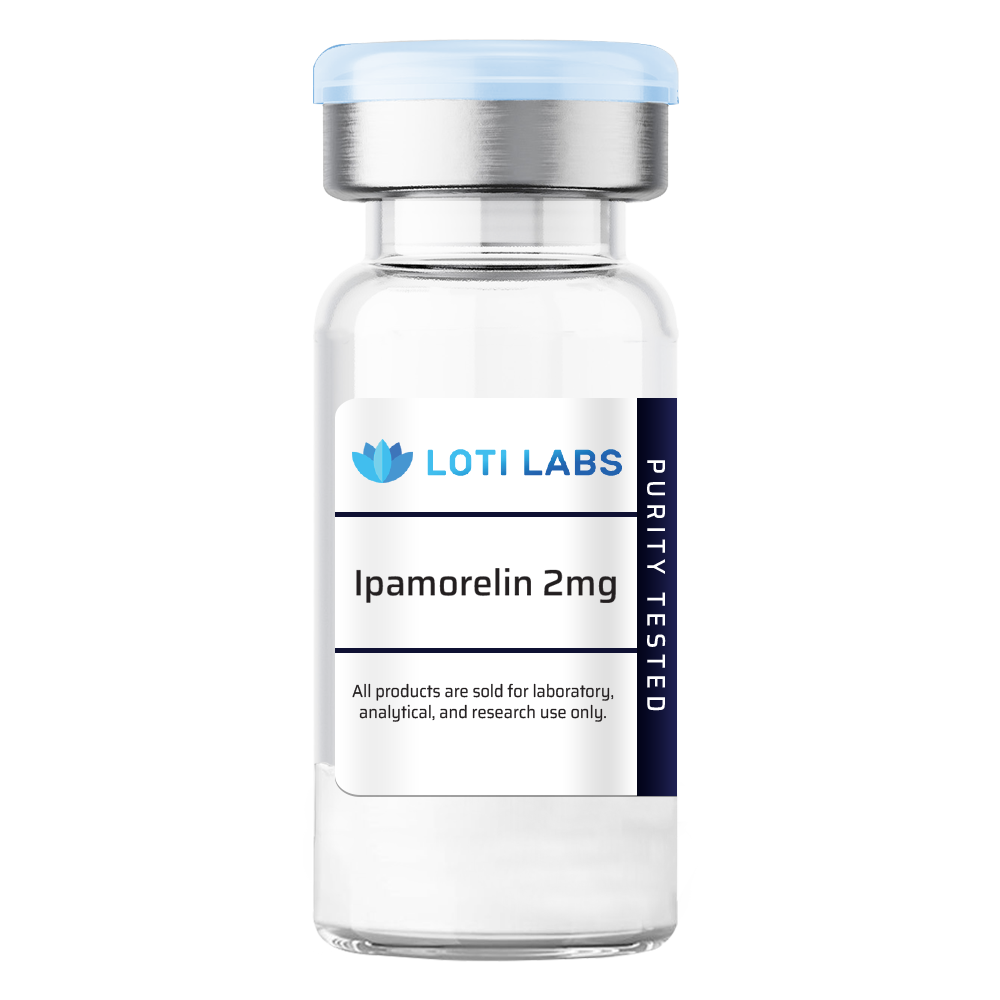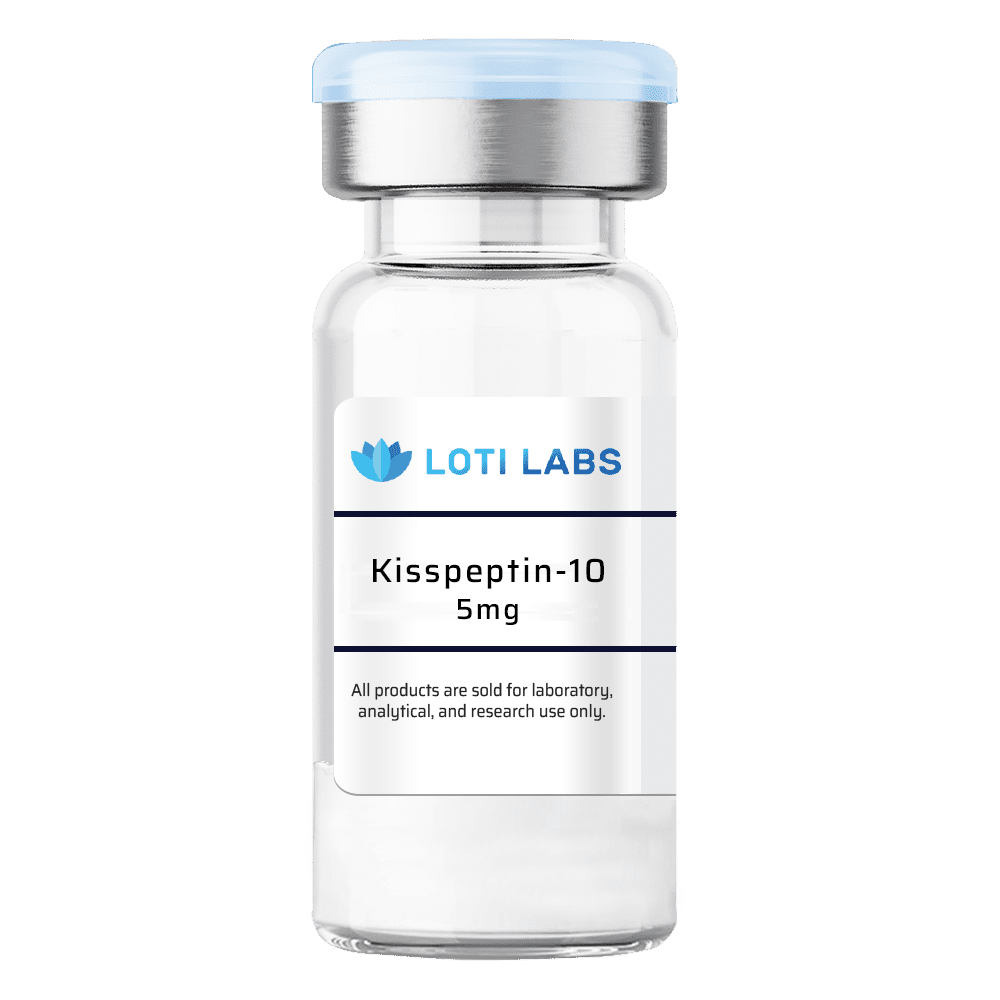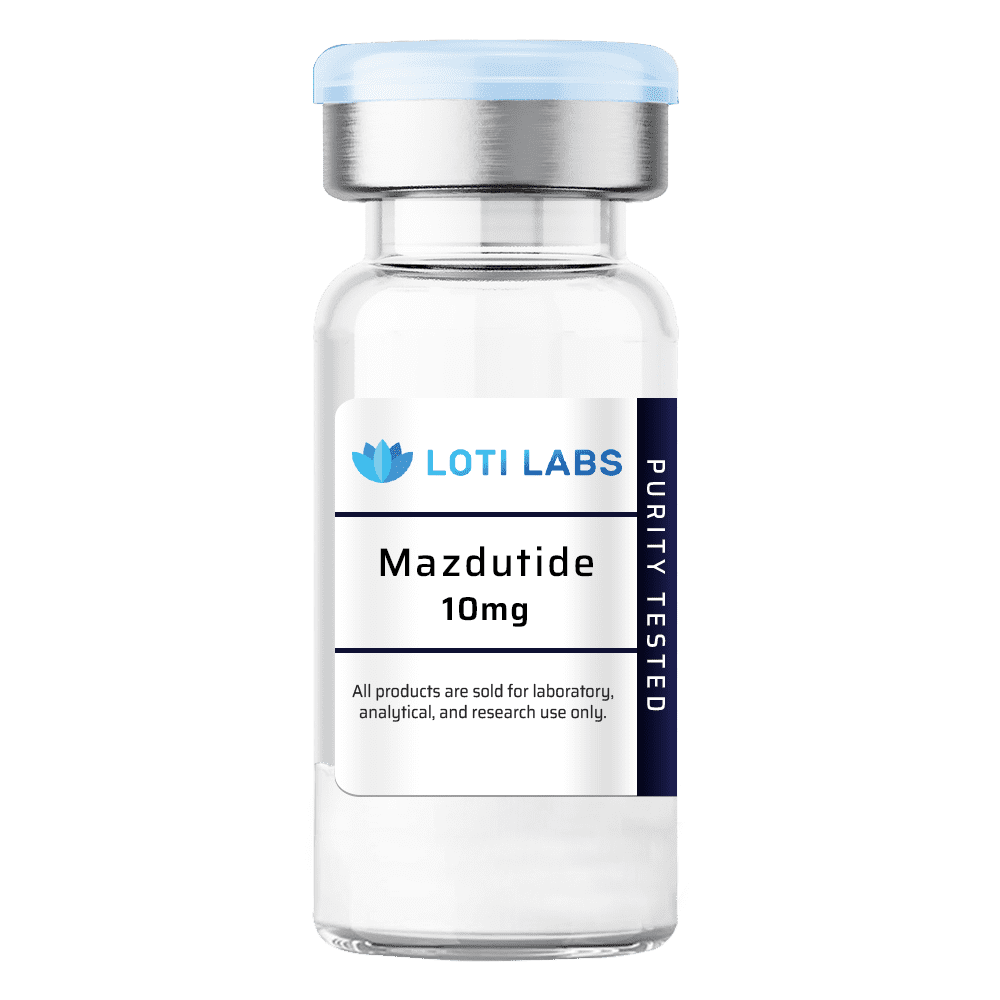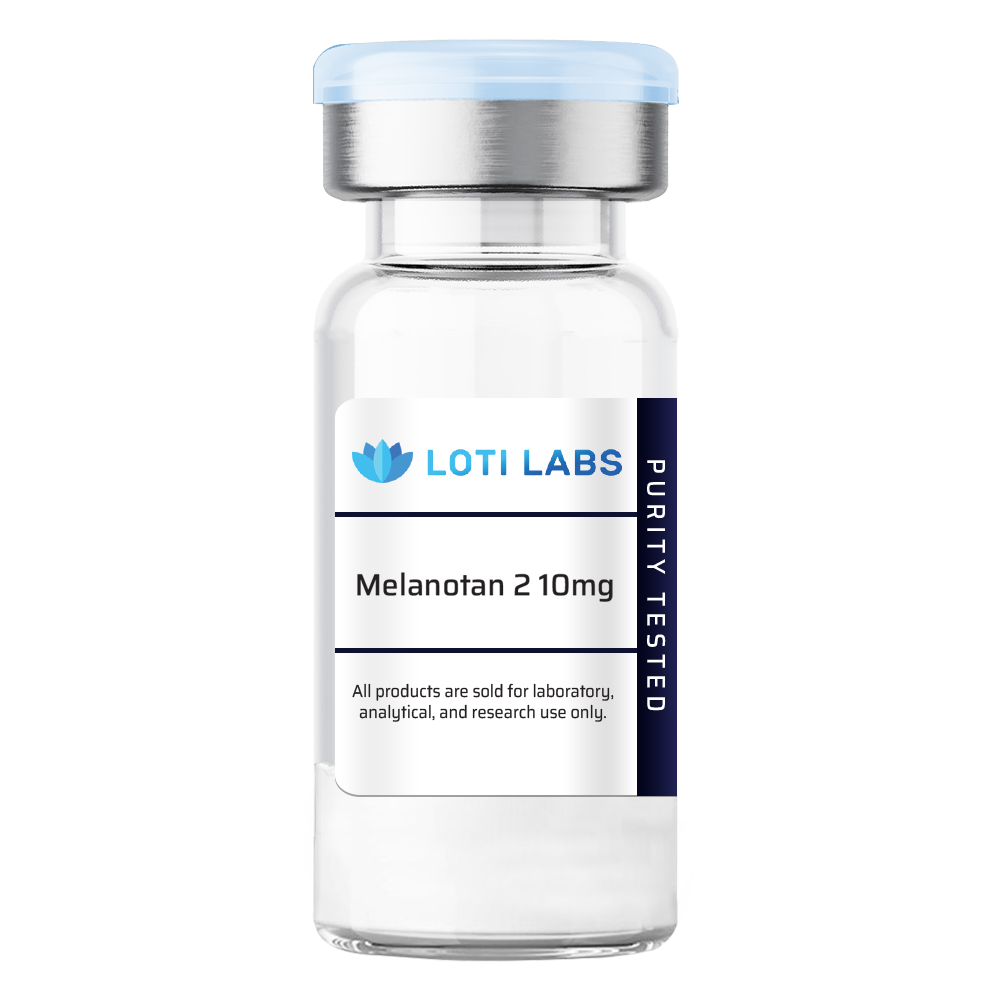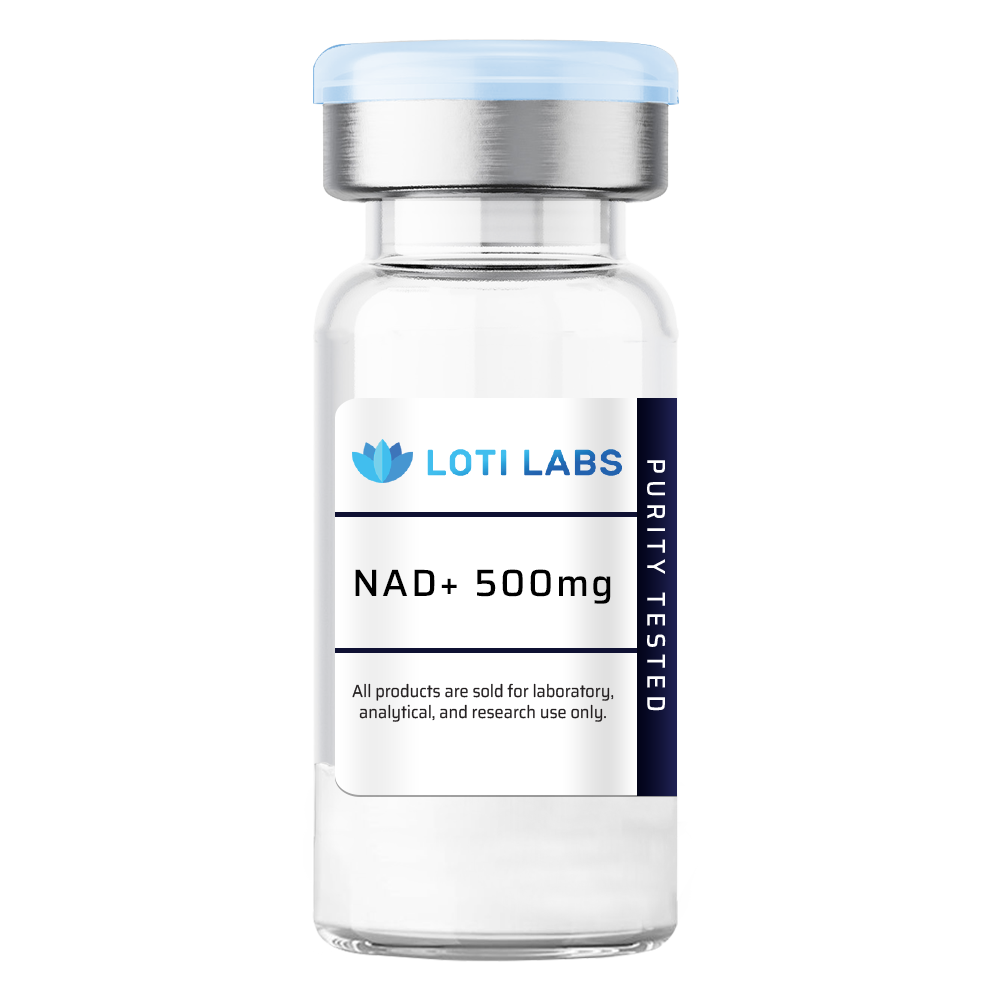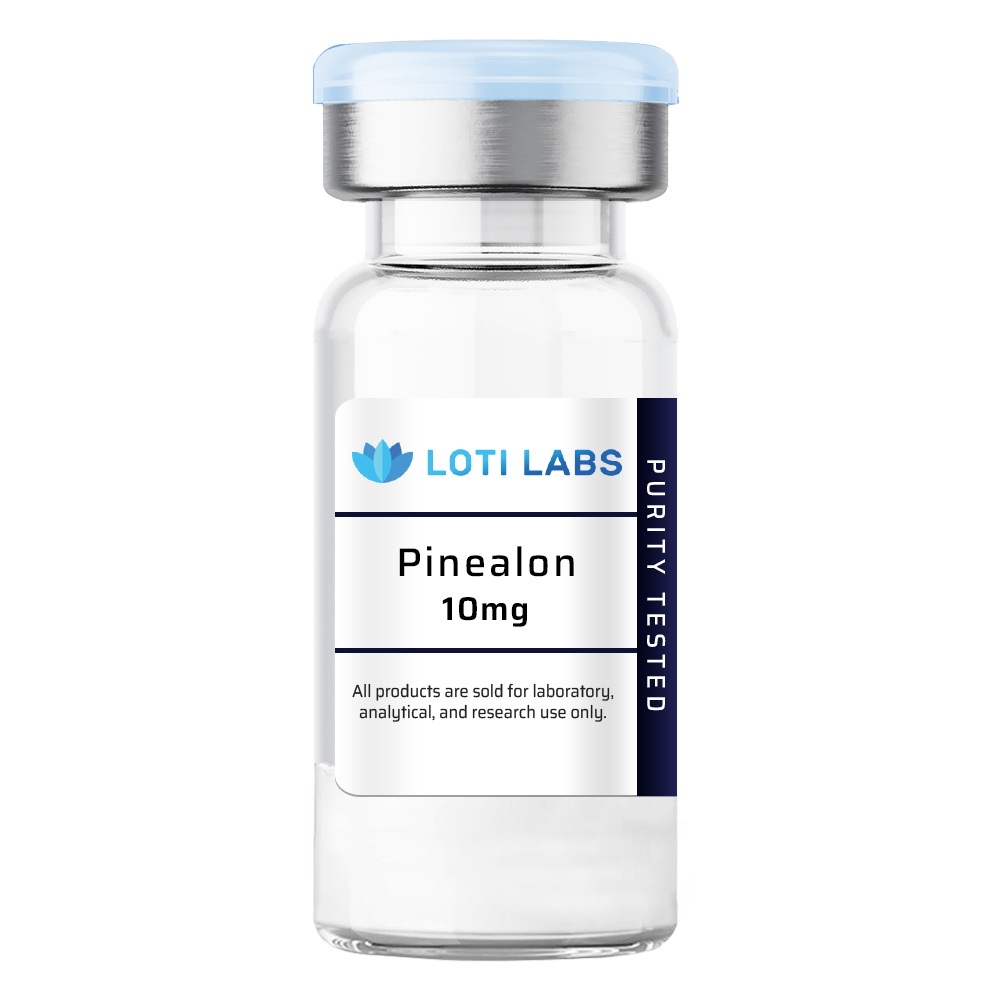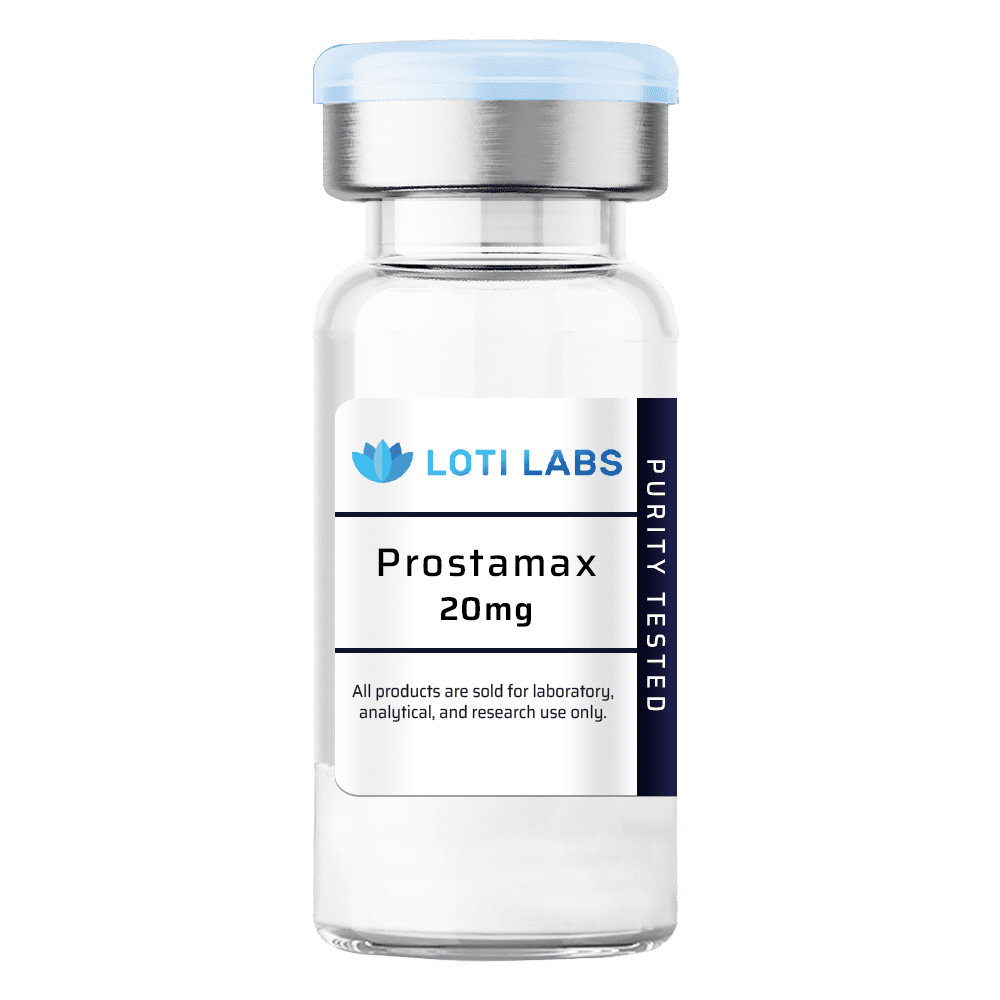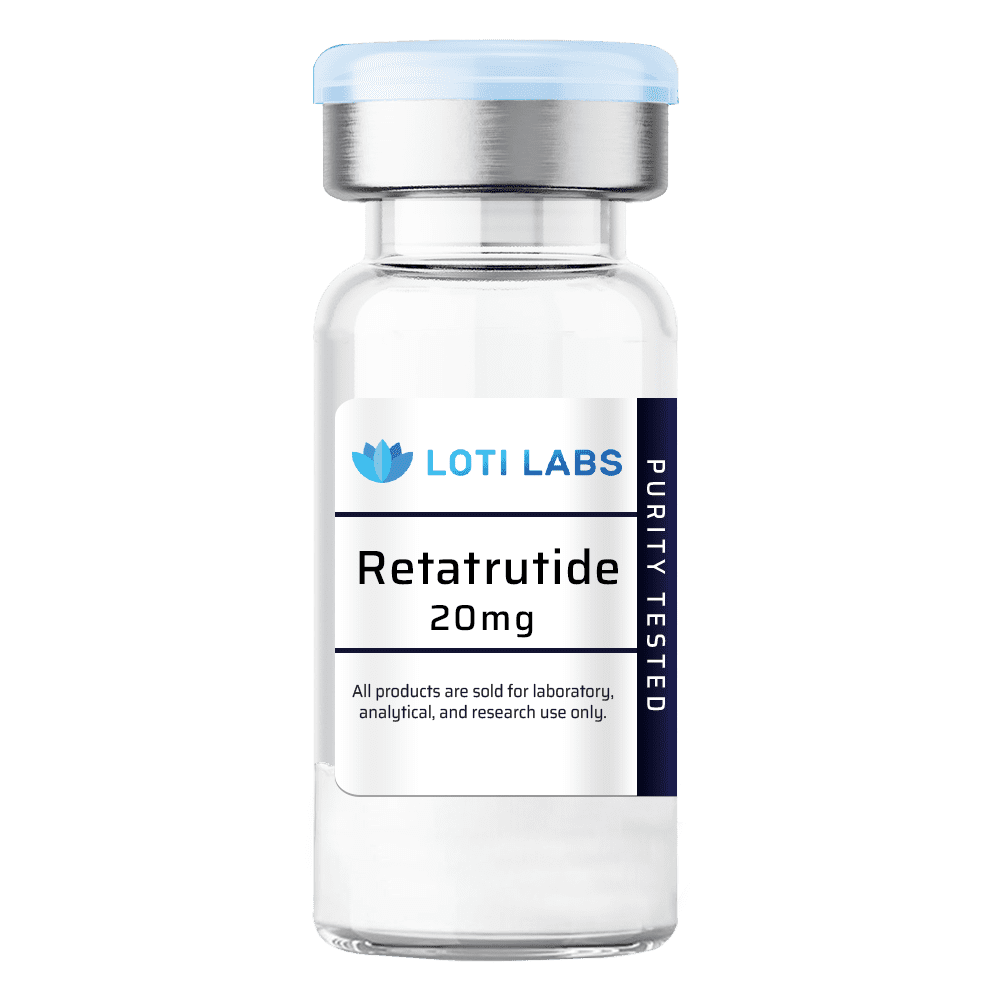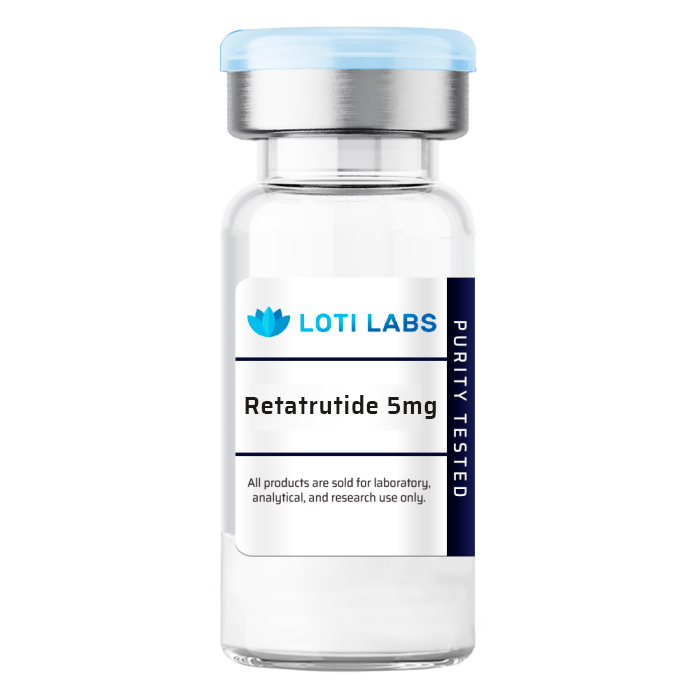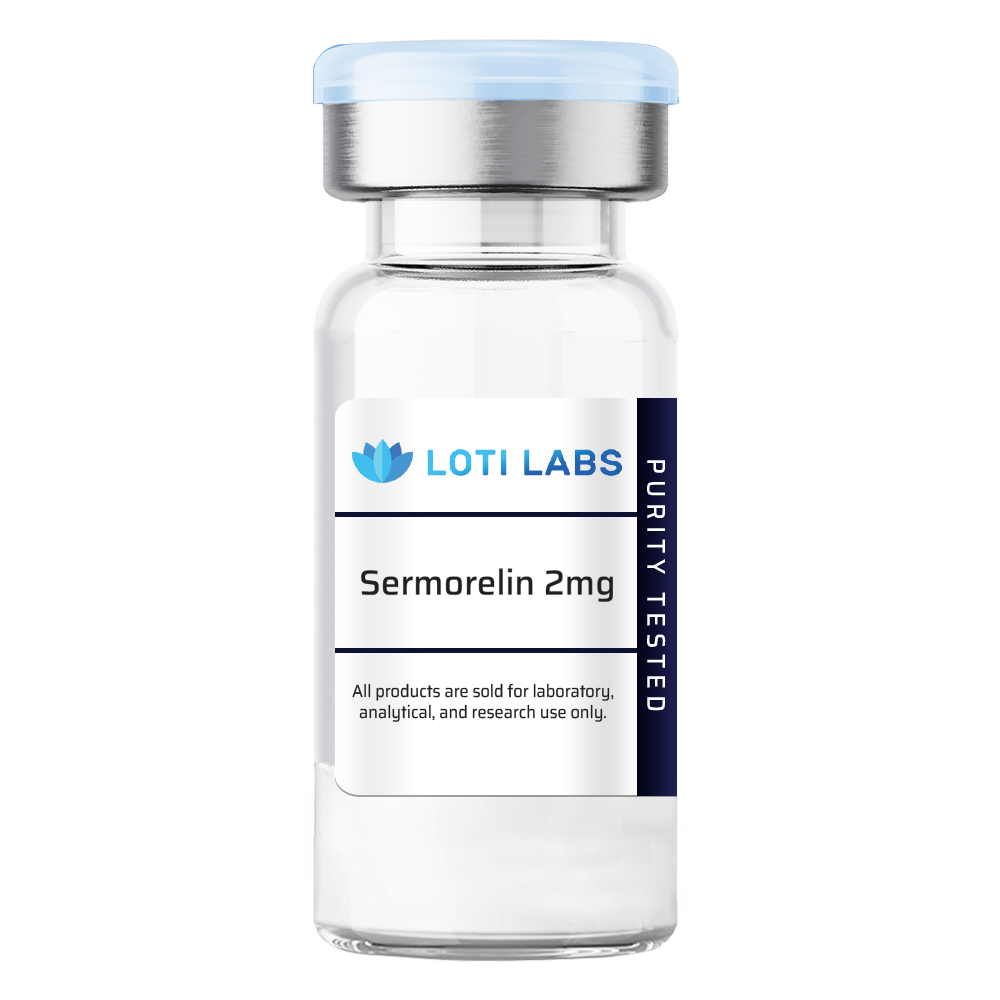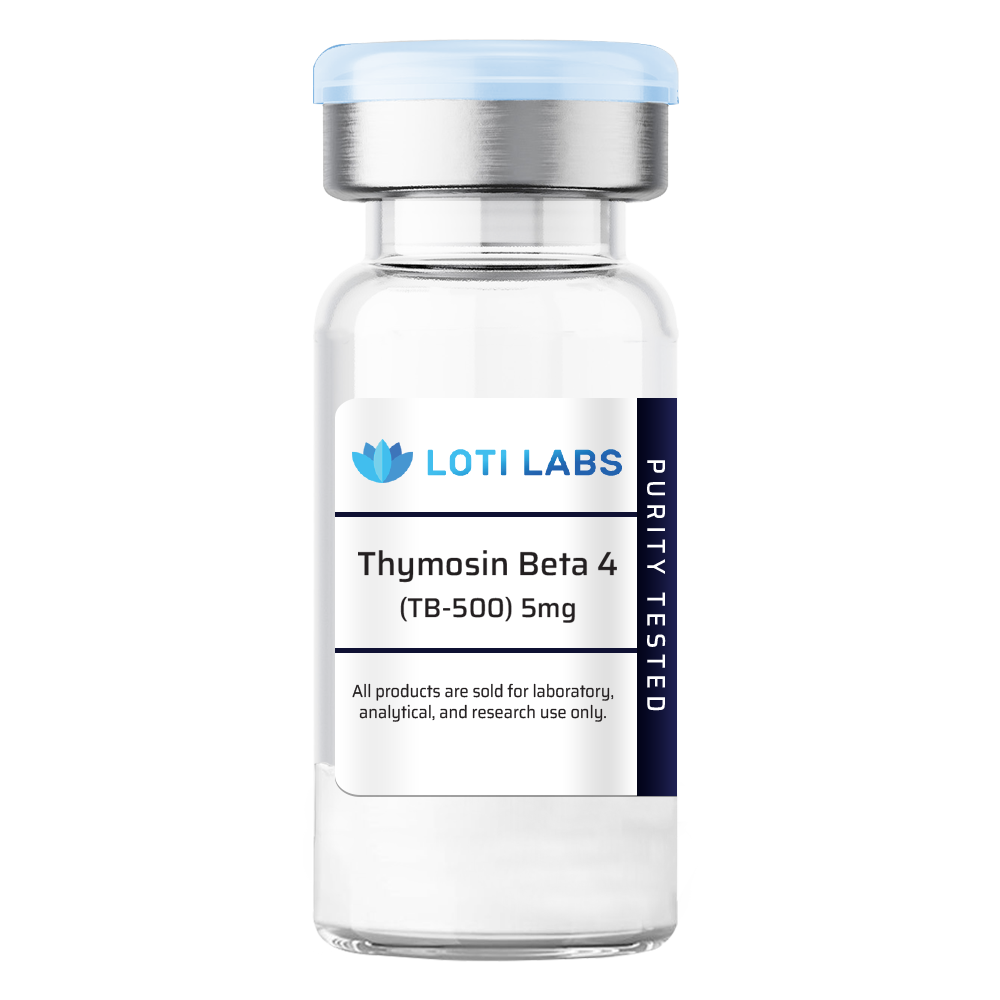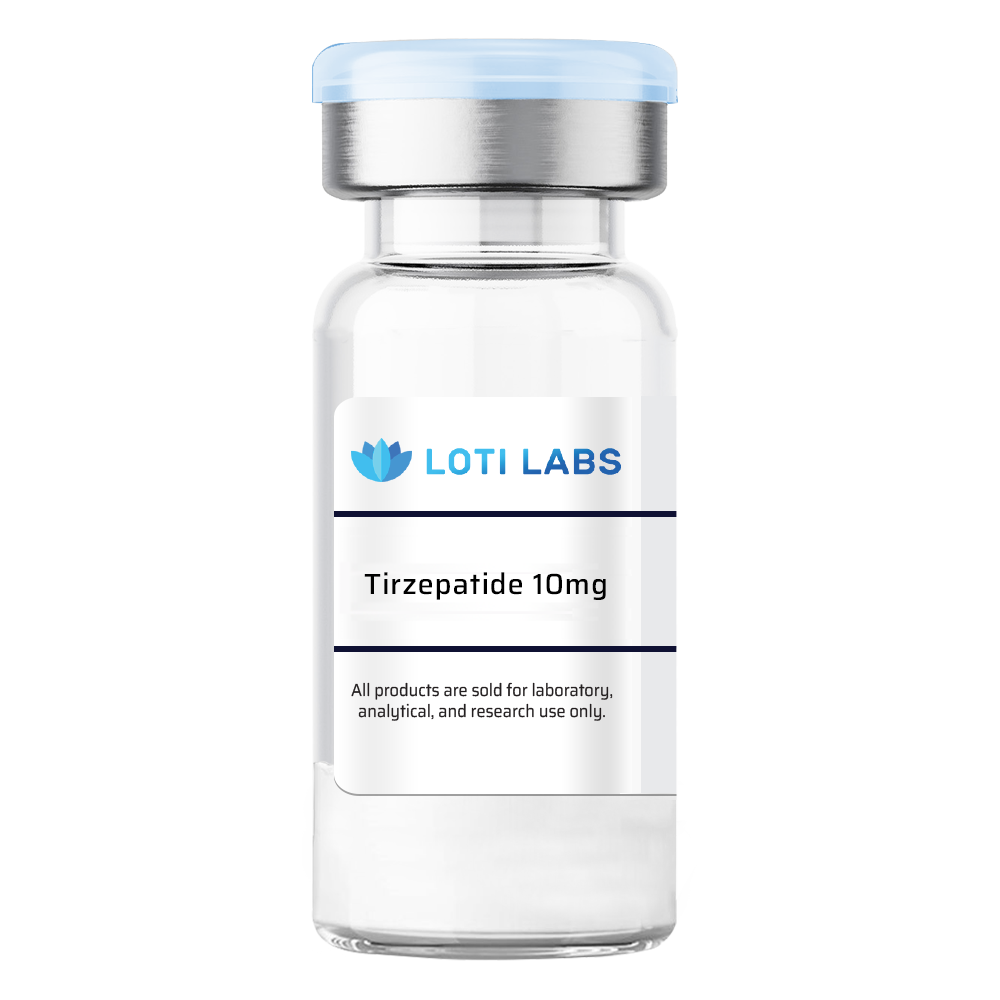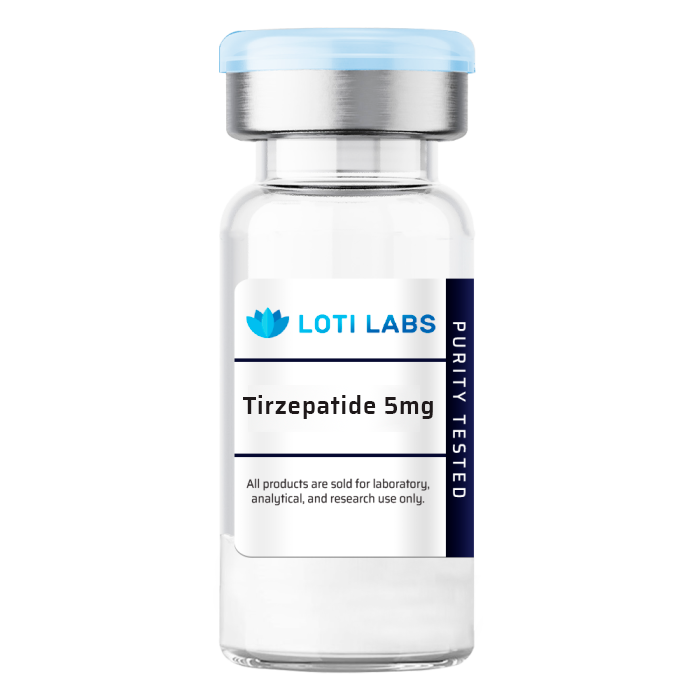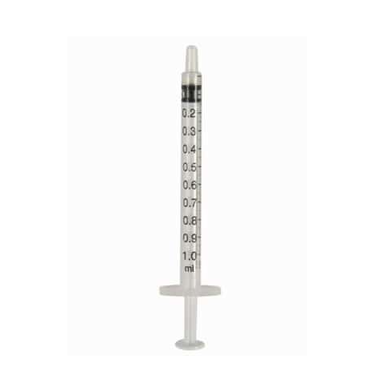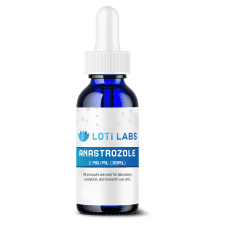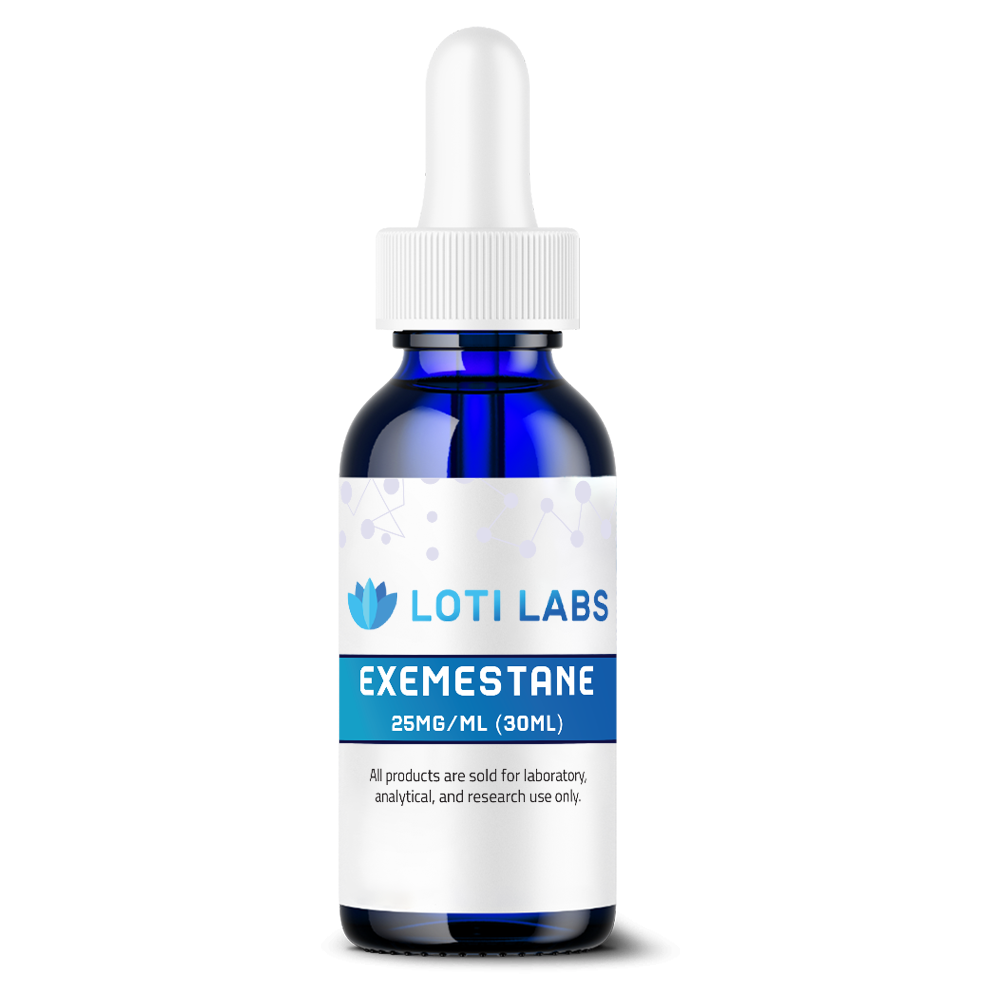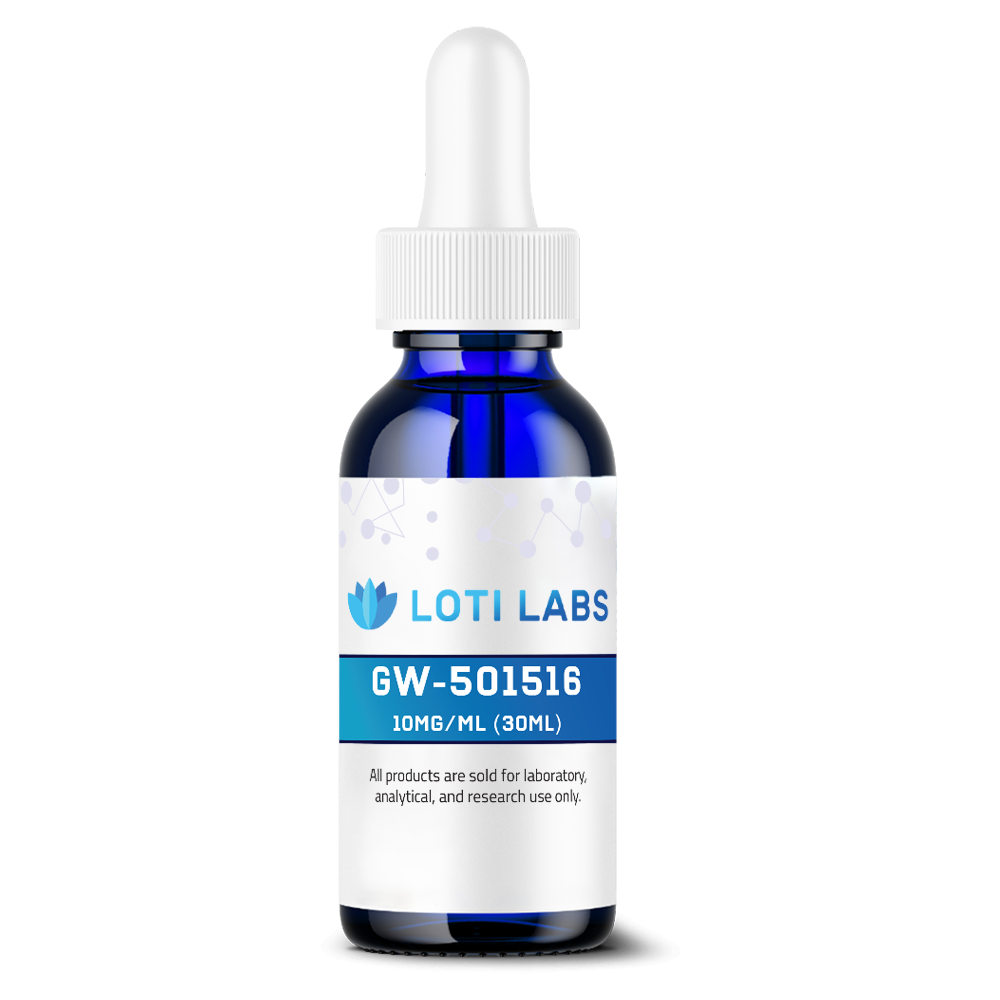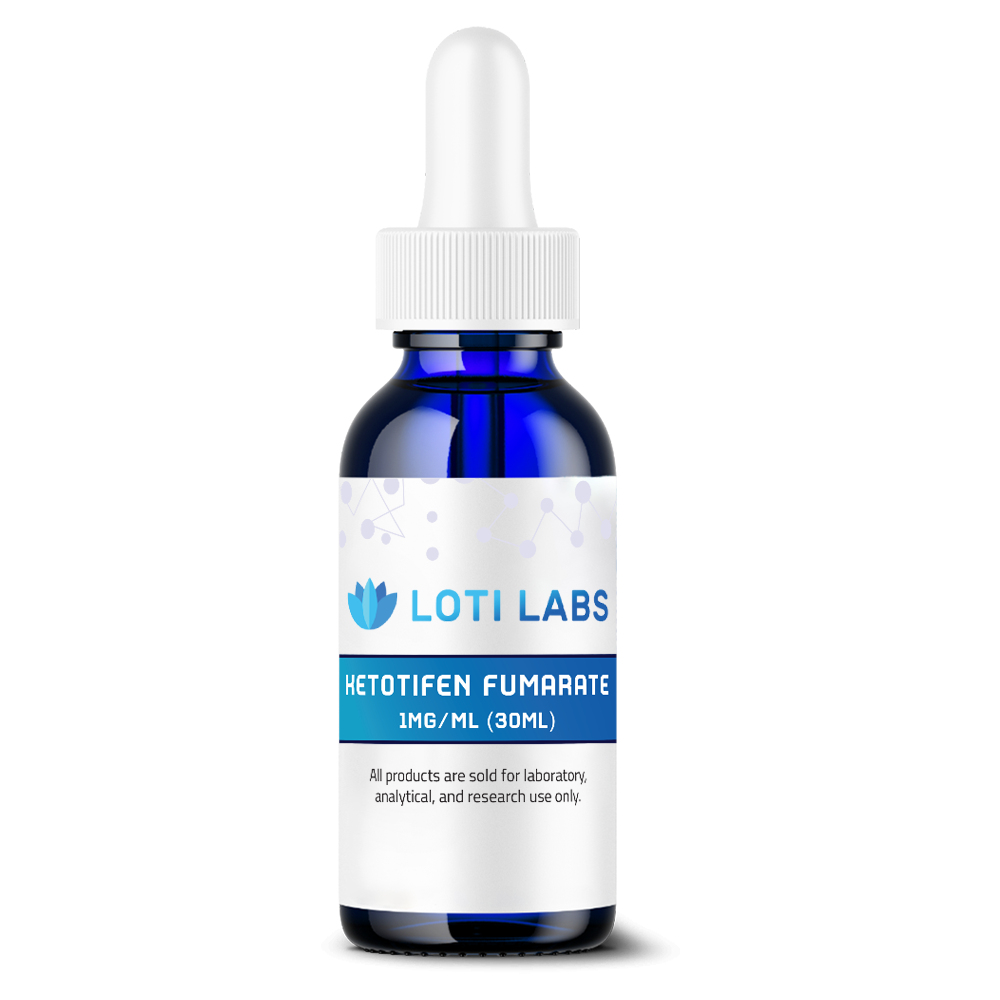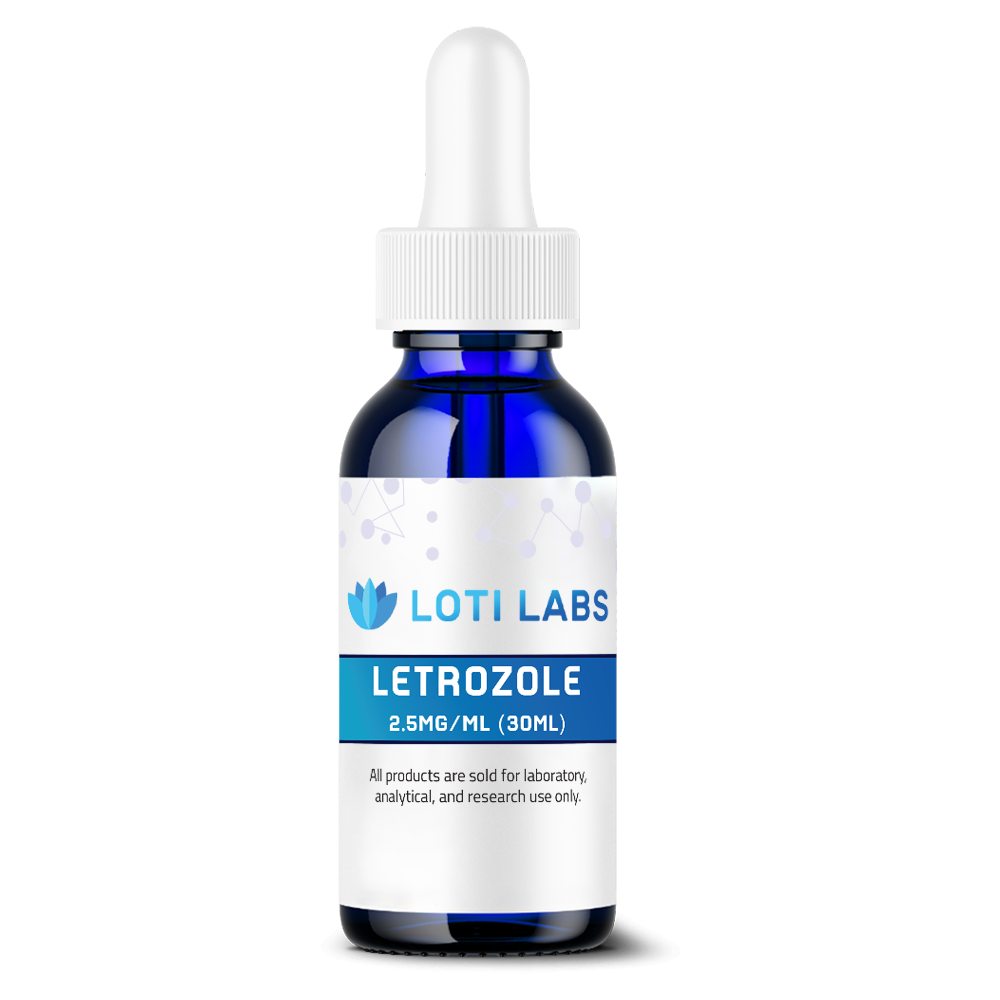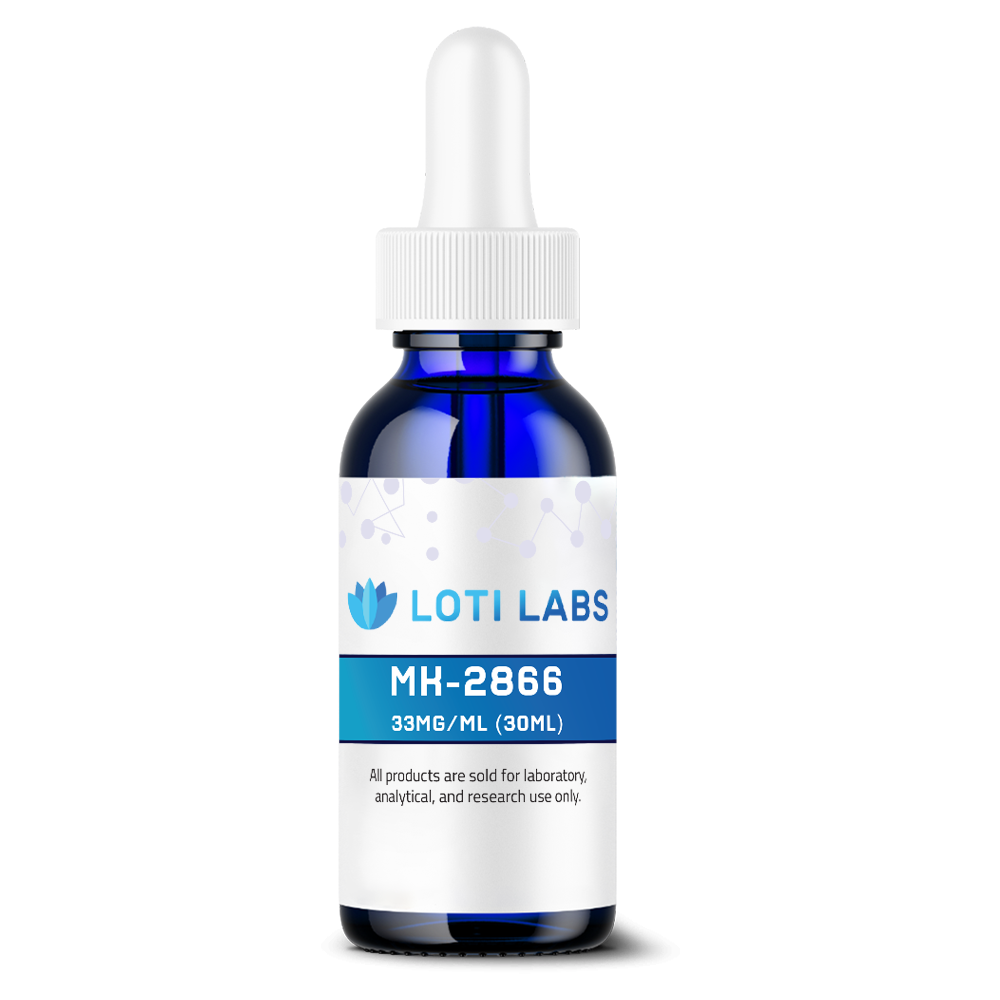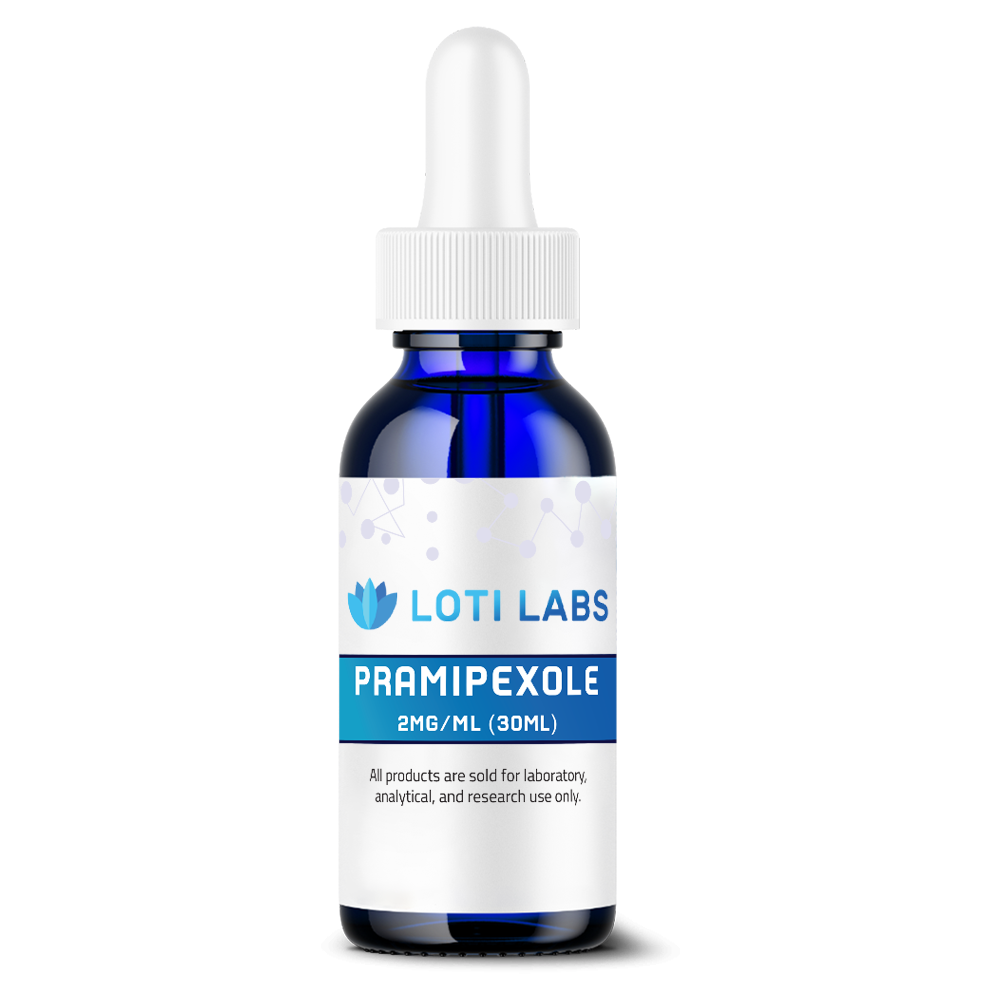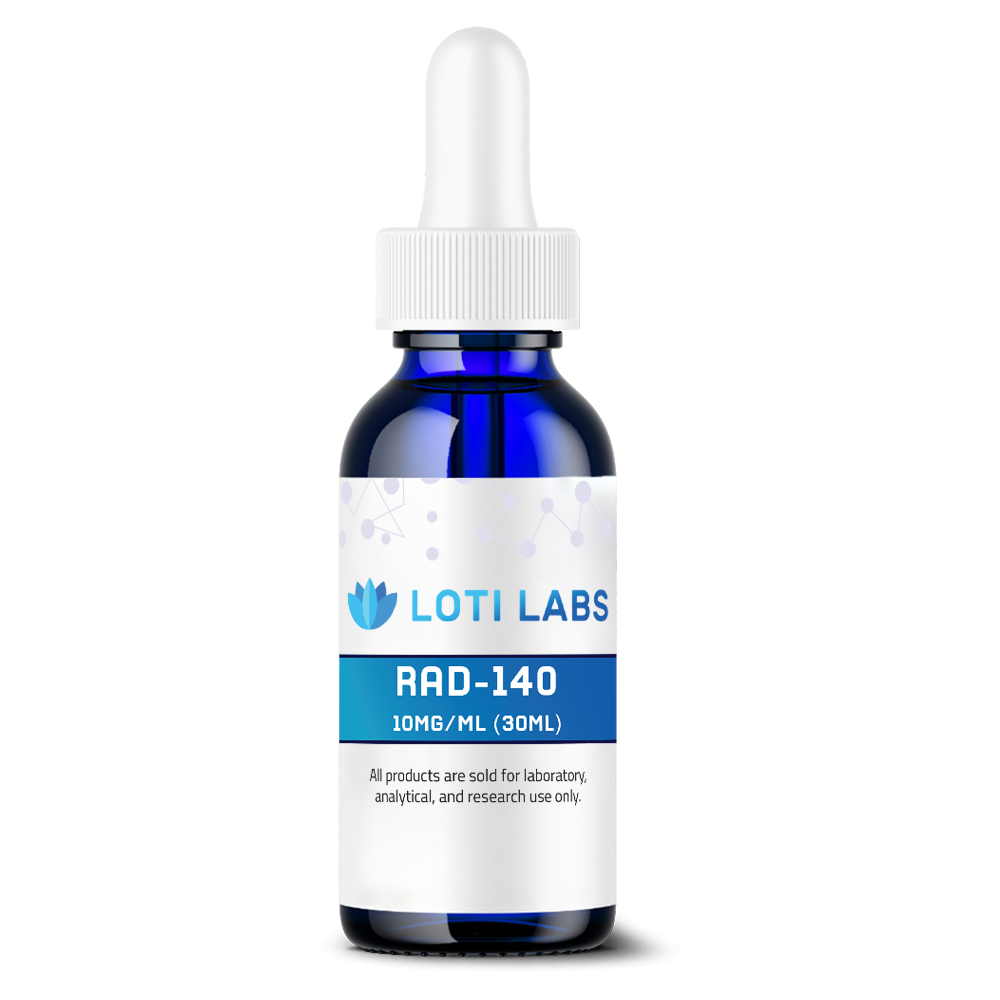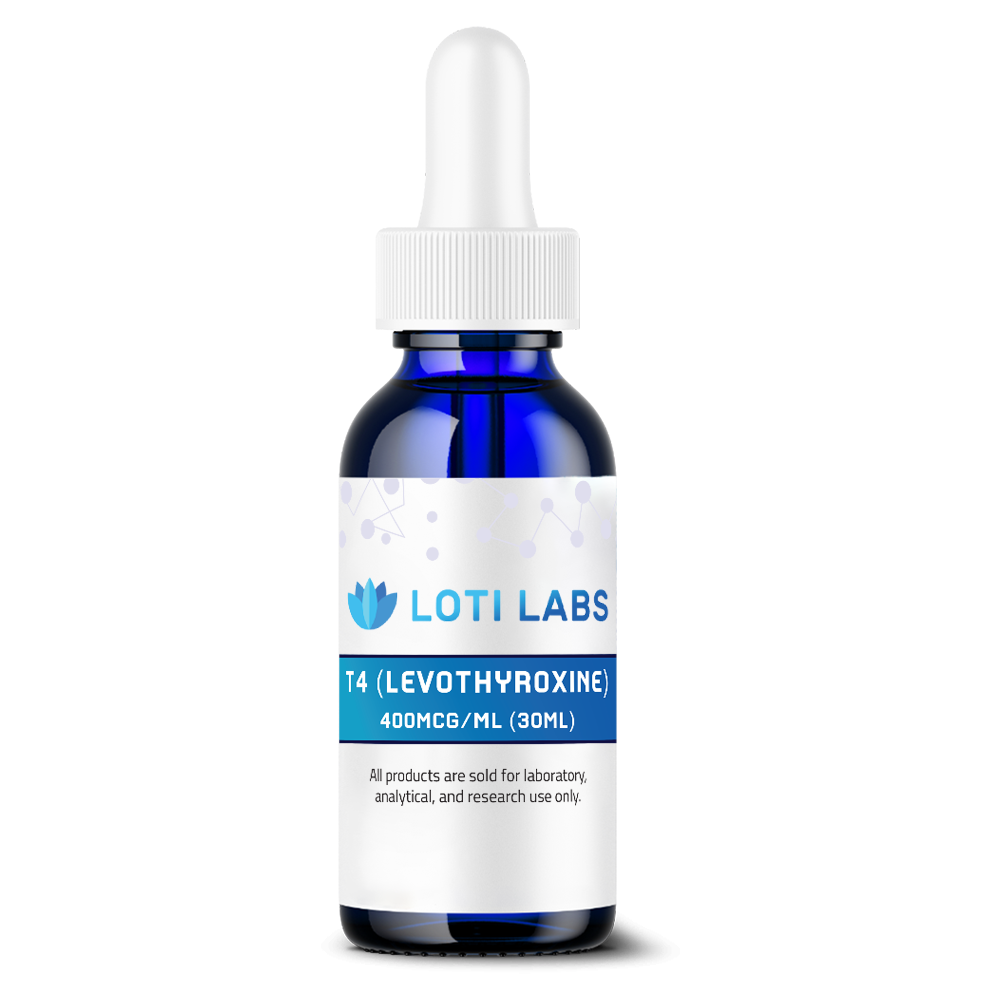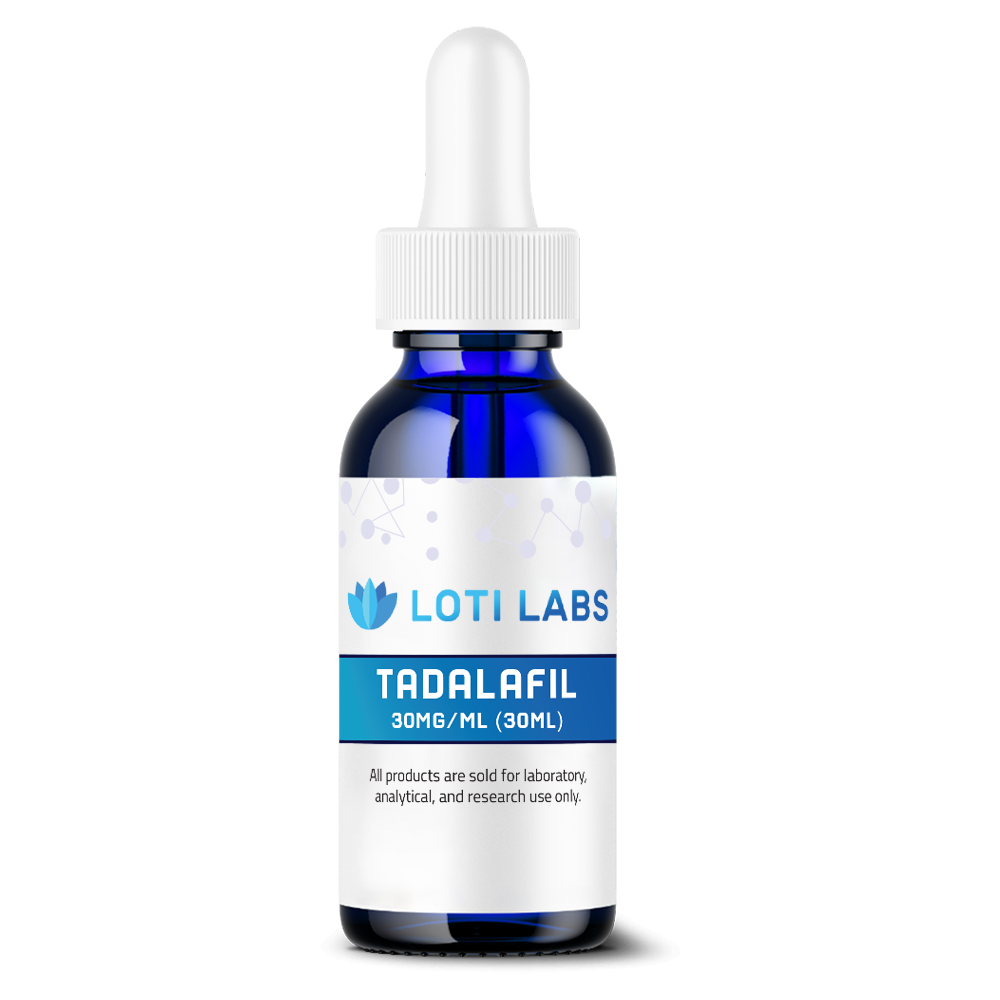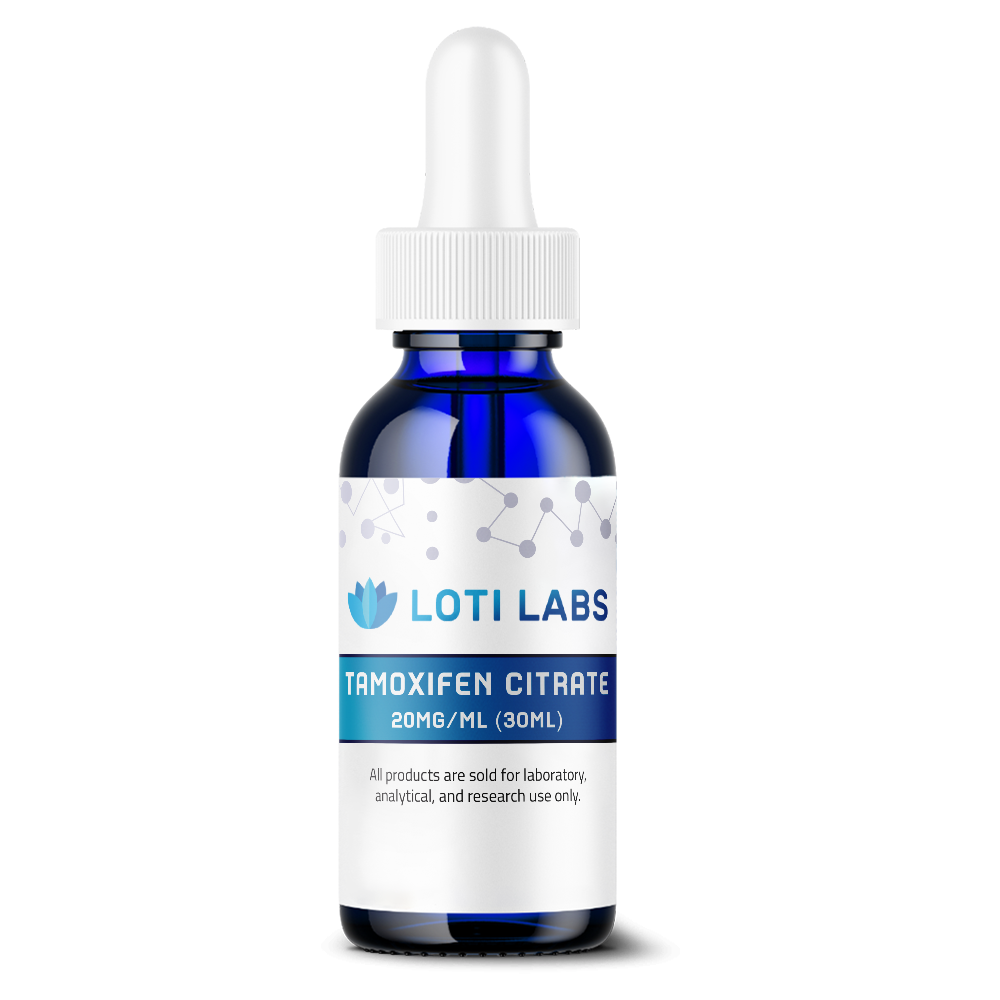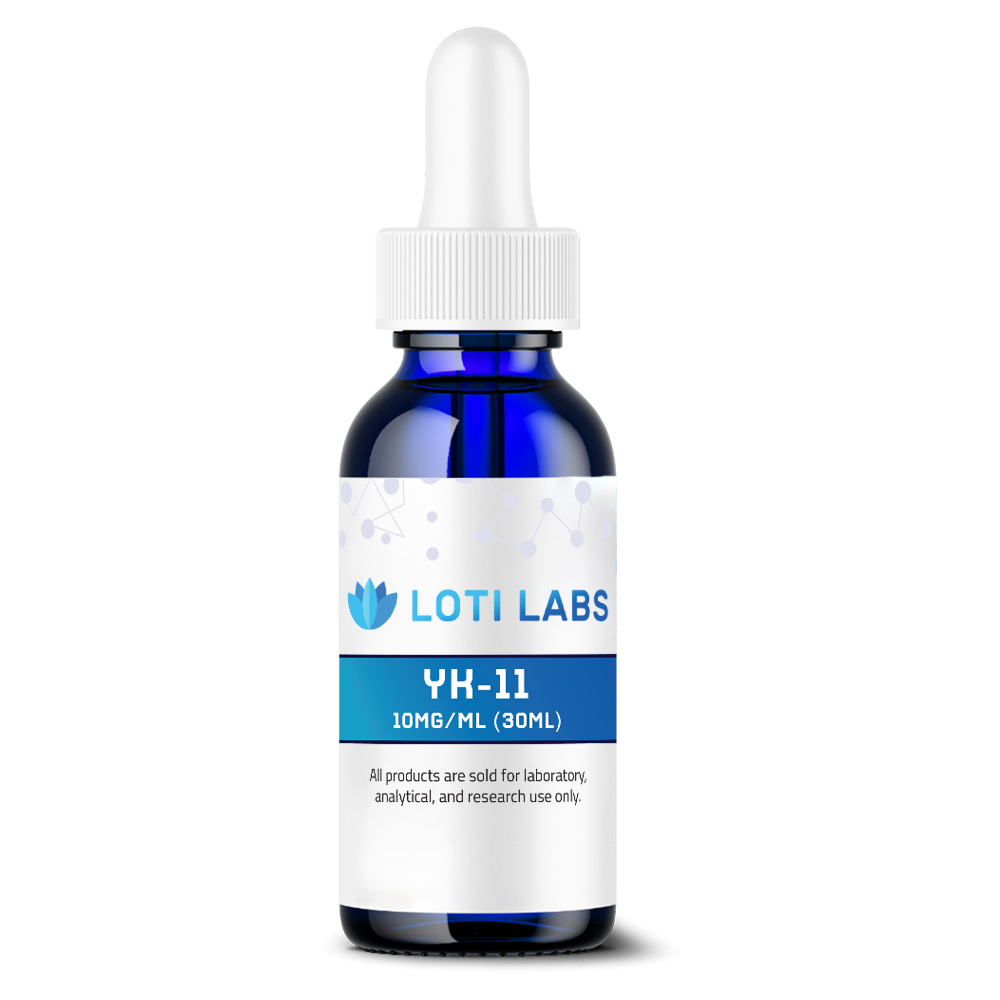-
×
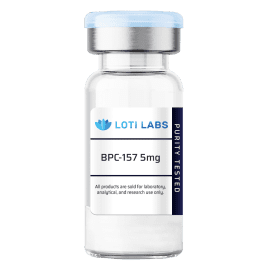 BPC-157 5mg
1 × $49.99
BPC-157 5mg
1 × $49.99
NEW
Semax 5mg
$39.99
You save
This product is intended as a research chemical only. This designation allows the use of this chemical strictly for in-vitro laboratory testing and experimentation. Human or veterinary use is strictly forbidden. This product is not a drug, food or cosmetic and may not be misbranded, mislabeled or misused as such.
Description


Buy Semax: Research Quality Standards and Laboratory Sourcing Considerations
When you buy semax for research purposes, the quality and authenticity of this synthetic peptide is crucial to experimental validity. As a heptapeptide derived from adrenocorticotropic hormone acth fragments, semax is a research tool that requires careful sourcing considerations. Understanding the molecular characteristics, research applications and quality standards will help you get authentic compounds for your scientific protocols.
Molecular Structure of Semax
The peptide semax has a defined molecular structure that you need to verify when sourcing materials. This synthetic peptide has the amino acid sequence Pro-Gly-Pro-Met-Glu-Thr-Ser, which is a modification of the adrenocorticotropic hormone fragment.
Key Molecular Characteristics:
- Amino Sequence: Pro-Gly-Pro-Met-Glu-Thr-Ser
- Molecular Formula: C33H53N9O10
- Molecular Weight: 751.8 g/mol
- PubChem CID: 16132639
- CAS Number: 80714-61-0
These specifications are the verification points when you buy semax, to ensure the compound matches the established chemical databases. The molecular weight and formula are the quality control parameters that the reputable suppliers should meet through analytical testing.
Mechanism of Action in Research Models
Research shows that the peptide semax affects multiple pathways in the experimental systems, making it useful for various laboratory investigations. Studies show that semax administration affects brain derived neurotrophic factor expression, especially bdnf levels in the research models. The compound modulates the neurotransmitter systems including serotoninergic brain systems and activates the dopaminergic pathways in the experimental protocols.
Laboratory studies have shown that semax increased bdnf in rat hippocampus preparations, suggesting the potential mechanisms for neuroprotective effects. Research indicates the compound may affect the gene expression patterns, with genome wide transcriptional analysis showing effects on the genes related to various cellular processes.
Studies in rat brain focal ischemia models show that semax peptide administration affects the recovery mechanisms through multiple pathways. The compound crosses the blood brain barrier effectively, so you can study the central nervous system interactions in the experimental settings.
Research Applications and Study Areas
Scientists investigating the cognitive enhancement and neuroprotective effects have used semax in various experimental protocols. Research suggests applications in the models of:
Neurological Research Models:
- Ischemic stroke research protocols
- Traumatic brain injury studies* Cognitive disorders modeling
- Attention deficit hyperactivity disorder studies
Cellular and Molecular Studies:
- Brain function analysis
- Cognitive function assessments
- Stress response mechanisms
- Immune and vascular systems interactions
Research have shown that the peptide semax affects different stages of the cellular processes, researchers noted effects on the frontal cortex and other brain regions in the experimental models. Studies suggest the compound as a potential therapeutic agent through multiple mechanisms affecting the neurotransmitter systems.
Research indicates that intranasal administration is the effective delivery for the laboratory studies, but scientists are still investigating the optimal protocols for different experimental designs. The compound’s effect on the cognitive performance in the research models have prompted the investigation of its benefits across various study paradigms.
Storage and Safety Considerations
Proper storage protocols are critical when you buy semax for laboratory use. The compound requires specific environmental conditions to maintain the stability and potency throughout the experimental periods.
Storage Requirements:
- Temperature: Below 10°C (50°F) in dark conditions
- Opened containers: Refrigerate for up to 6 months stability
- Unopened containers: 2-year potency when properly stored
- Short-term storage: Up to 30 days at room temperature acceptable
Research peptides like semax are sensitive to the environmental factors, so careful handling protocols are required. Long term storage considerations include protection from light exposure and temperature fluctuations that can affect the compound integrity.
Safety protocols for the laboratory handling should follow the standard research chemical guidelines. While the human body processes various amino acids naturally, research applications require adherence to the institutional safety protocols and regulatory compliance.
Quality Standards When You Buy Semax
Choosing the right suppliers involves evaluating multiple quality factors that affect the research outcomes. When you buy semax, third-party testing and analytical verification are the essential quality assurance for the experimental validity.
| Parameter | Specification | Verification Method |
|---|---|---|
| Purity | > 95% by HPLC | Certificate of Analysis |
| Concentration | Labeled accuracy | Independent testing |
| Sterility | Sterile production | GMP compliance |
| Stability | Maintained potency | Proper packaging |
Reputable suppliers provide detailed information including certificate of analysis confirming the compound identity and purity. The customer service team should offer technical support for the storage requirements and handling protocols specific to the research applications.
Manufacturing standards affect the compound quality, GMP-compliant facilities ensure the consistent production process. Proper packaging in dark glass containers with the appropriate preservatives helps maintain the compound stability during transport and storage.
Benefits of Sourcing from Loti Labs
Loti Labs offers genuine semax formulations for research purposes.
Benefits:
- GMP compliant manufacturing with sterile production
- Third party HPLC testing for every batch
- Bulk purchasing options up to 15% off
- Proper packaging for maximum stability
- Certificate of Analysis with every shipment
We test every product rigorously to verify compound identity and purity. Each product is tested in an independent laboratory so you can be confident of the material authenticity when you buy semax for research use.
Research Use Only
All products sold by Loti Labs are research use only, for in vitro laboratory testing and experimentation only. This means you cannot use these products for human or veterinary use outside of a controlled research environment. The compound is not approved for clinical use in US, UK and Australia and you must comply with local regulations.
Scientists must follow institutional protocols and local regulations when doing research with semax peptide. Research chemical only means you cannot use these materials outside approved laboratory or experimental protocols.
Limited safety data for long term use and researchers should consider the immunogenicity risk from impurities in compounded products. More research is needed to understand optimal protocols and safety considerations for laboratory use.
Shipping and Customer Support
We ship same day for orders placed before 1pm EST Monday to Friday, next business day for orders placed after 1pm EST. Standard shipping does not require refrigeration during normal transit time.
Our customer service team will assist with your research, including storage and handling protocols. International customers should check local import regulations as requirements vary greatly for research peptides.
Money Back Guarantee:
- 30 day return policy for unopened products
- Full refund for unused materials
- Positive feedback from research community
- Technical support for storage and handling questions
Future Research
Ongoing research is being done to explore the compound effects in different experimental models. Researchers studying cognitive effects and neuroprotective properties are reporting positive results in controlled laboratory setting but more research is needed to understand optimal use.Research into default mode network and temporary dynamics in brain function suggests potential use for cognitive enhancement mechanisms. Research into n acetyl semax and other modified versions may give insight into improved stability and delivery for laboratory use.
The genes affected by semax administration are still of interest to researchers studying cellular mechanisms. Future research will clarify the compound’s role in different biological pathways and optimal protocols for different research use.
Conclusion
When you buy semax for research, attention to quality standards, storage requirements and supplier credentials is key to success. The compound’s complex mechanisms on brain derived neurotrophic factor, neurotransmitter systems and gene expression require authentic materials meeting high analytical standards.
Loti Labs offers research grade semax with testing and quality assurance protocols for scientific use. The combination of third party verification, proper storage systems and dedicated customer service team makes quality sourcing available for researchers investigating this synthetic peptide.
Ready to get started with authentic semax? Contact the customer service team to discuss technical specs, bulk pricing and certificate of analysis requirements for your research protocol.
References
- Dolotov, O. V., et al. “Semax enhances memory and learning in rat models.” Neuroscience Research, 2006.
- Stavchansky, S., et al. “Neuroprotective effects of Semax in oxidative stress and apoptosis models.” Journal of Neurochemistry, 2008.
- Myasoedov, N. F., et al. “Semax improves outcomes in ischemic stroke patients.” Stroke Research and Treatment, 2010.
- ProSpec Bio. “Semax Synthetic Peptide Product Information.” https://www.prospecbio.com/semax
Note: References include scientific studies, product information from manufacturers and research summaries for Semax peptide research and applications.
Additional information
| Weight | .03125 lbs |
|---|

